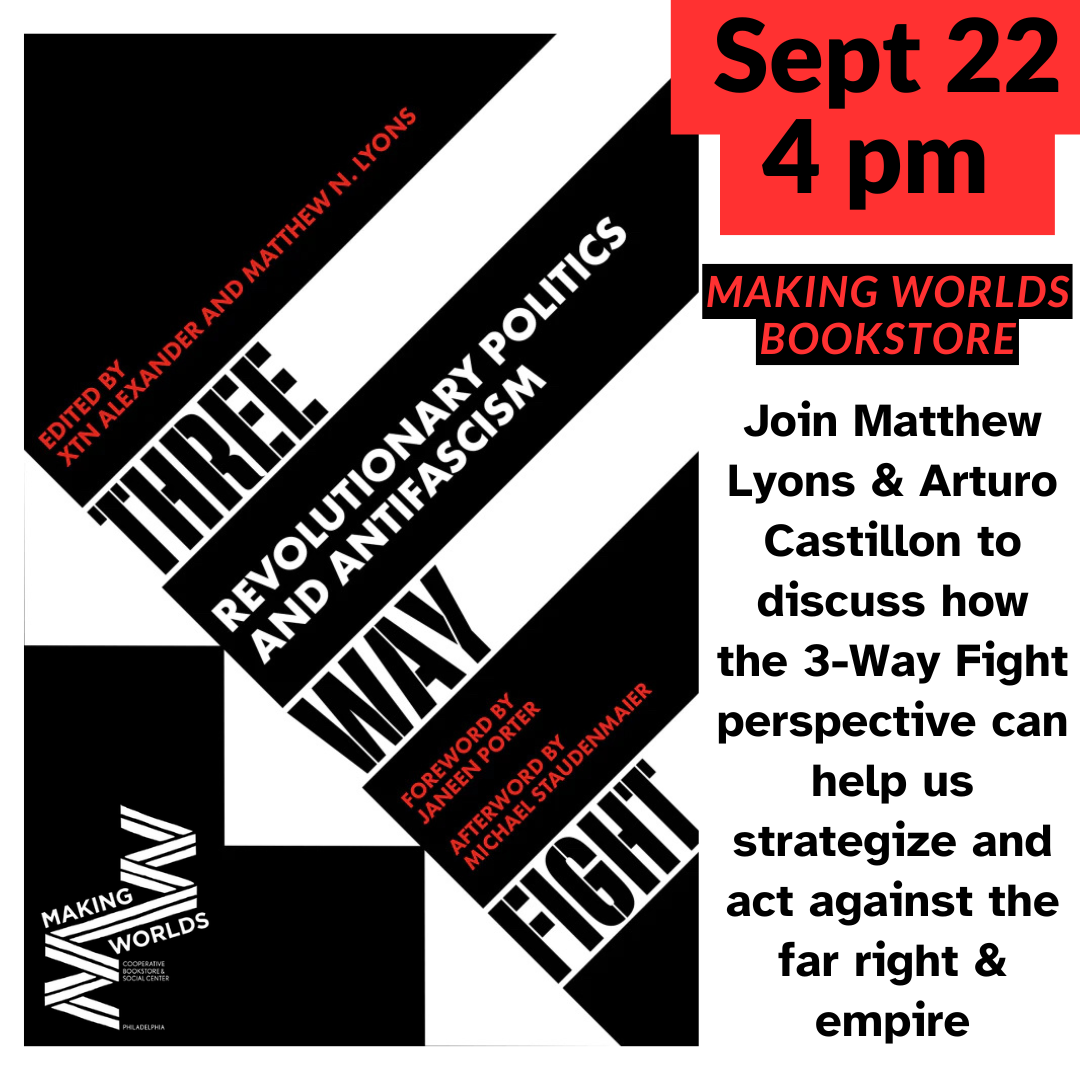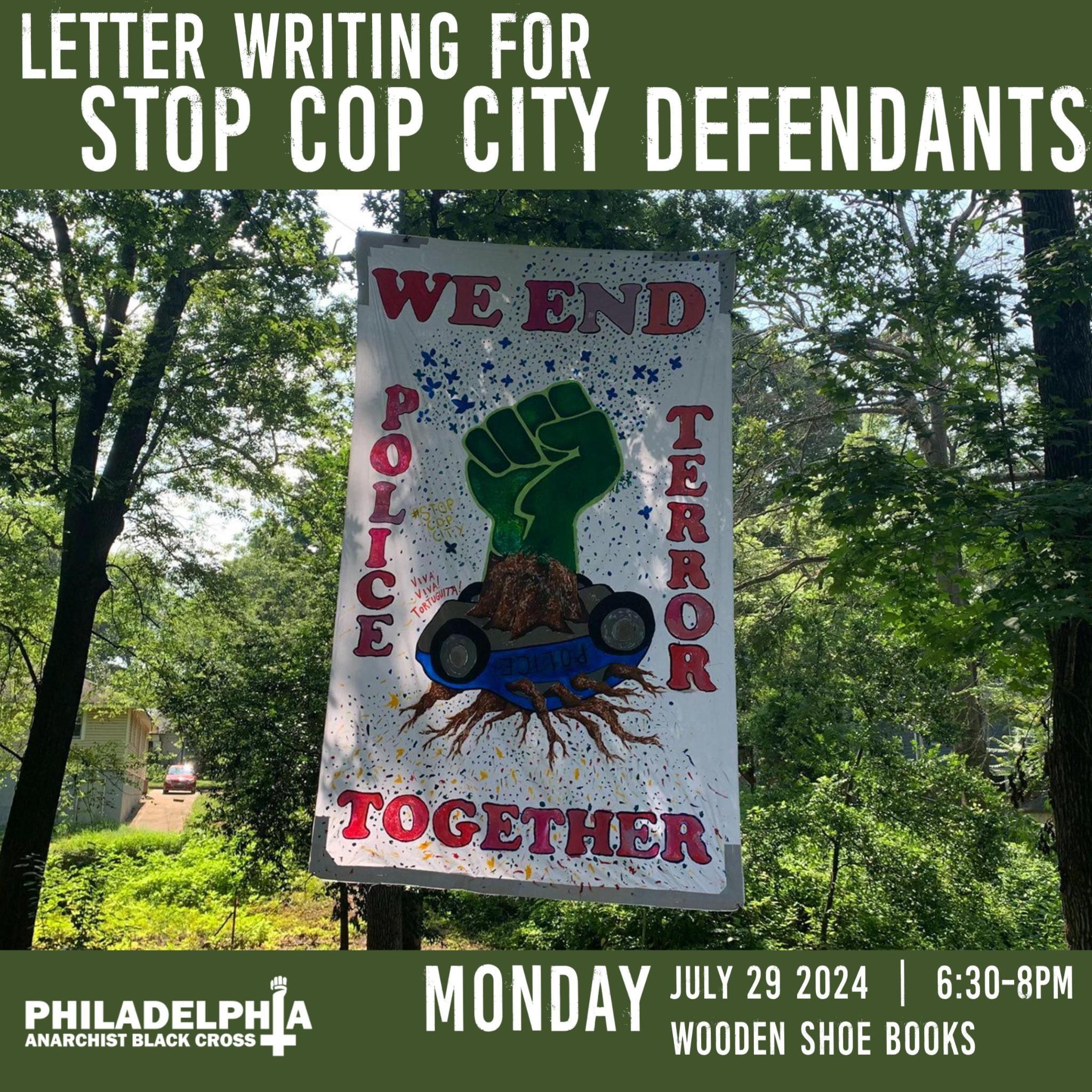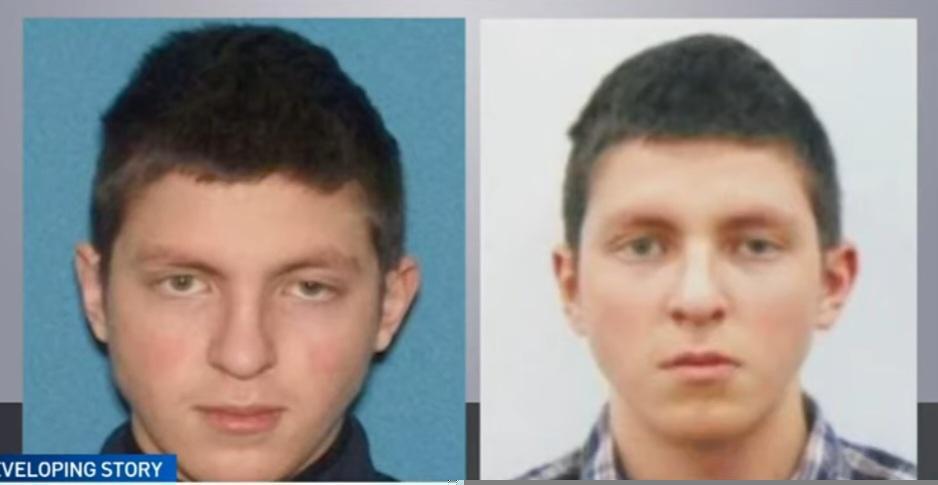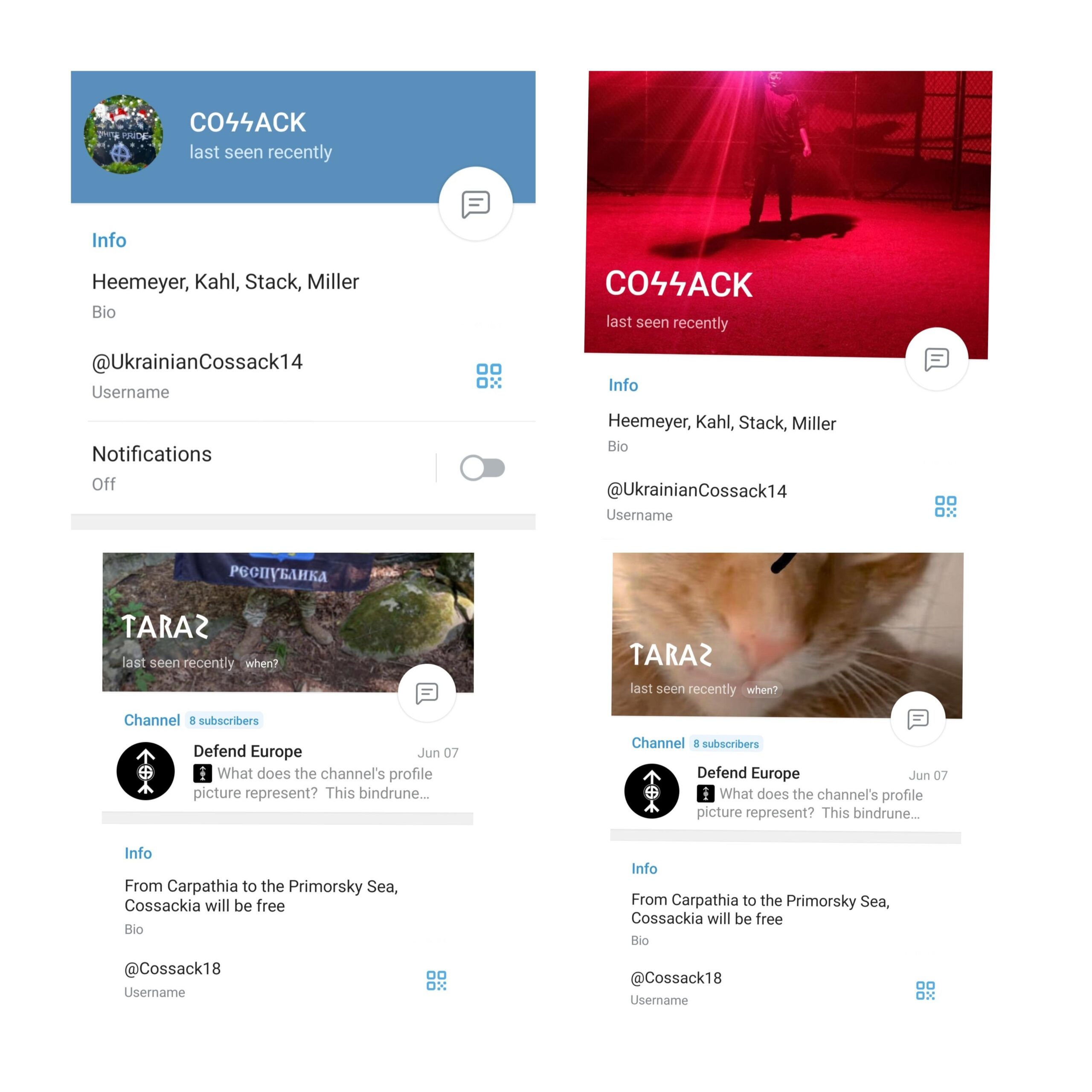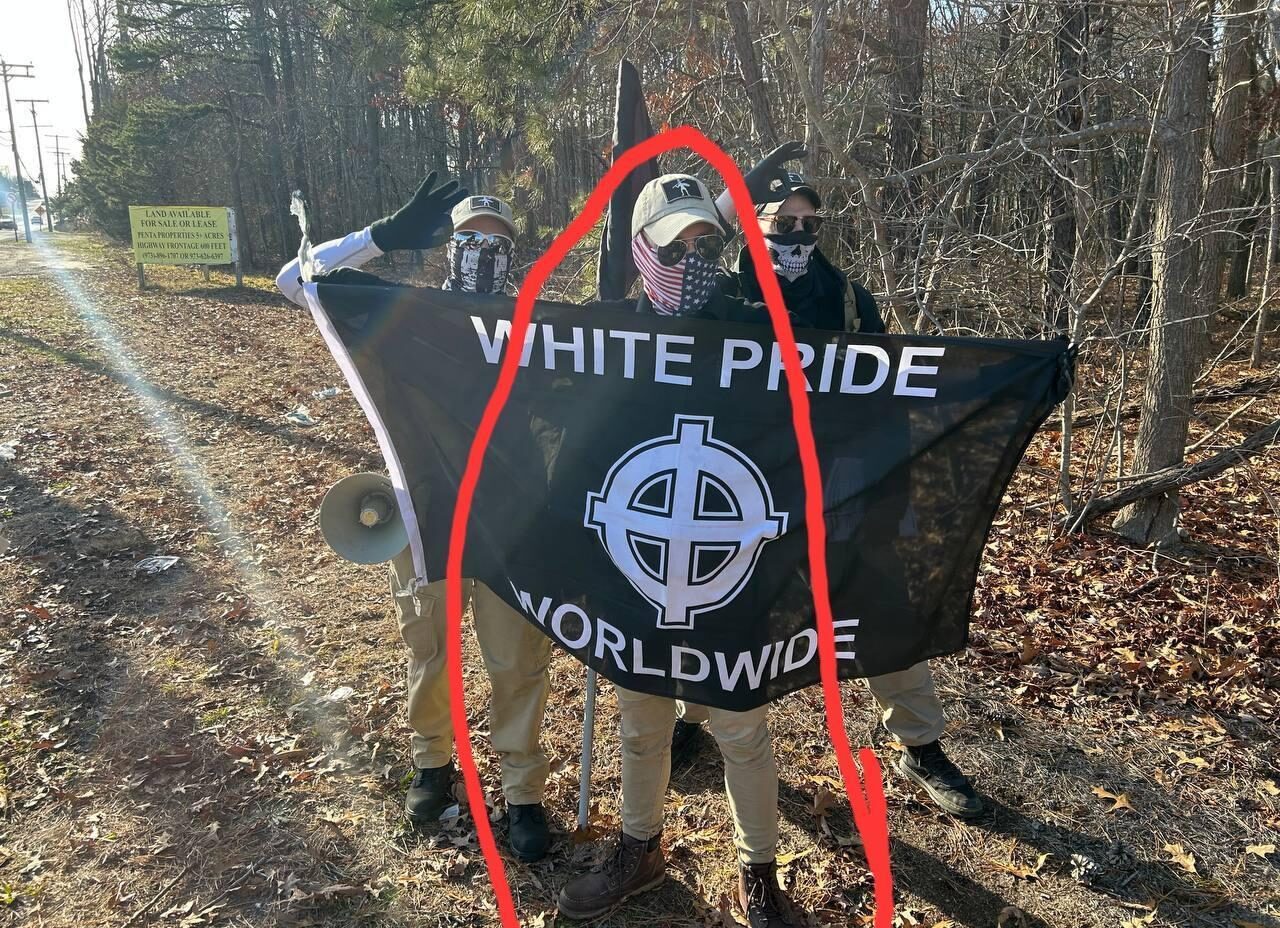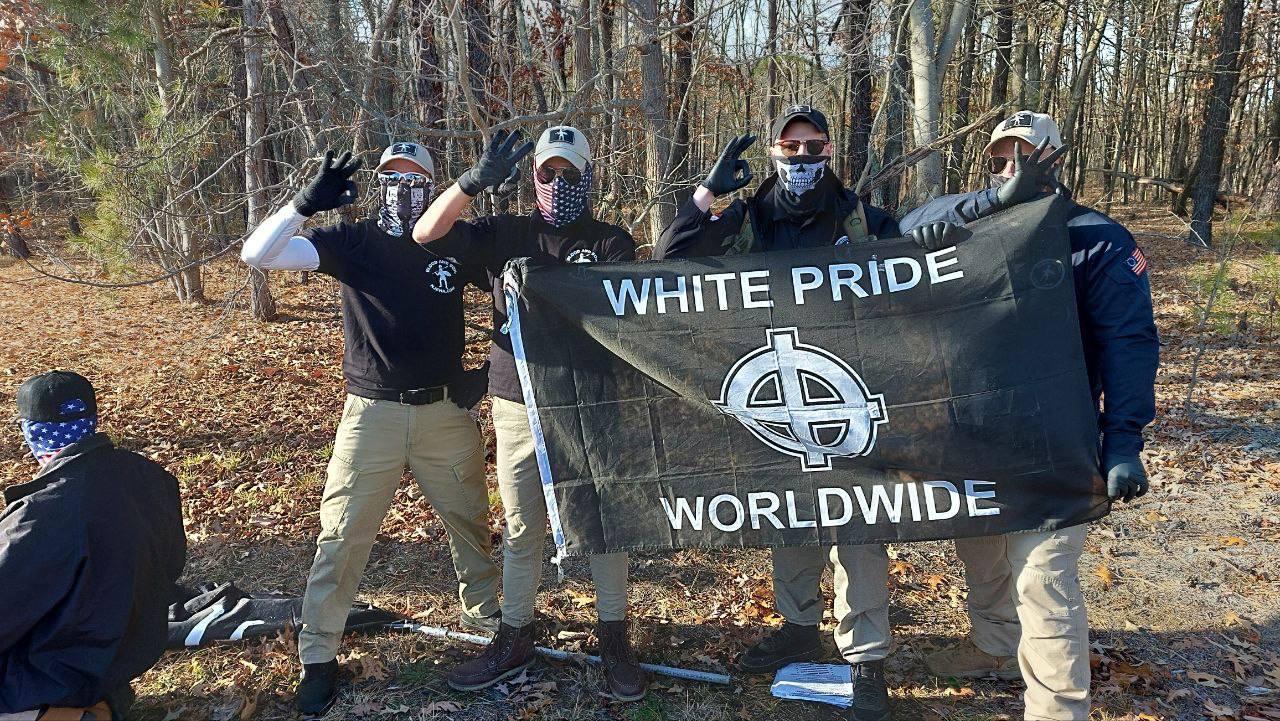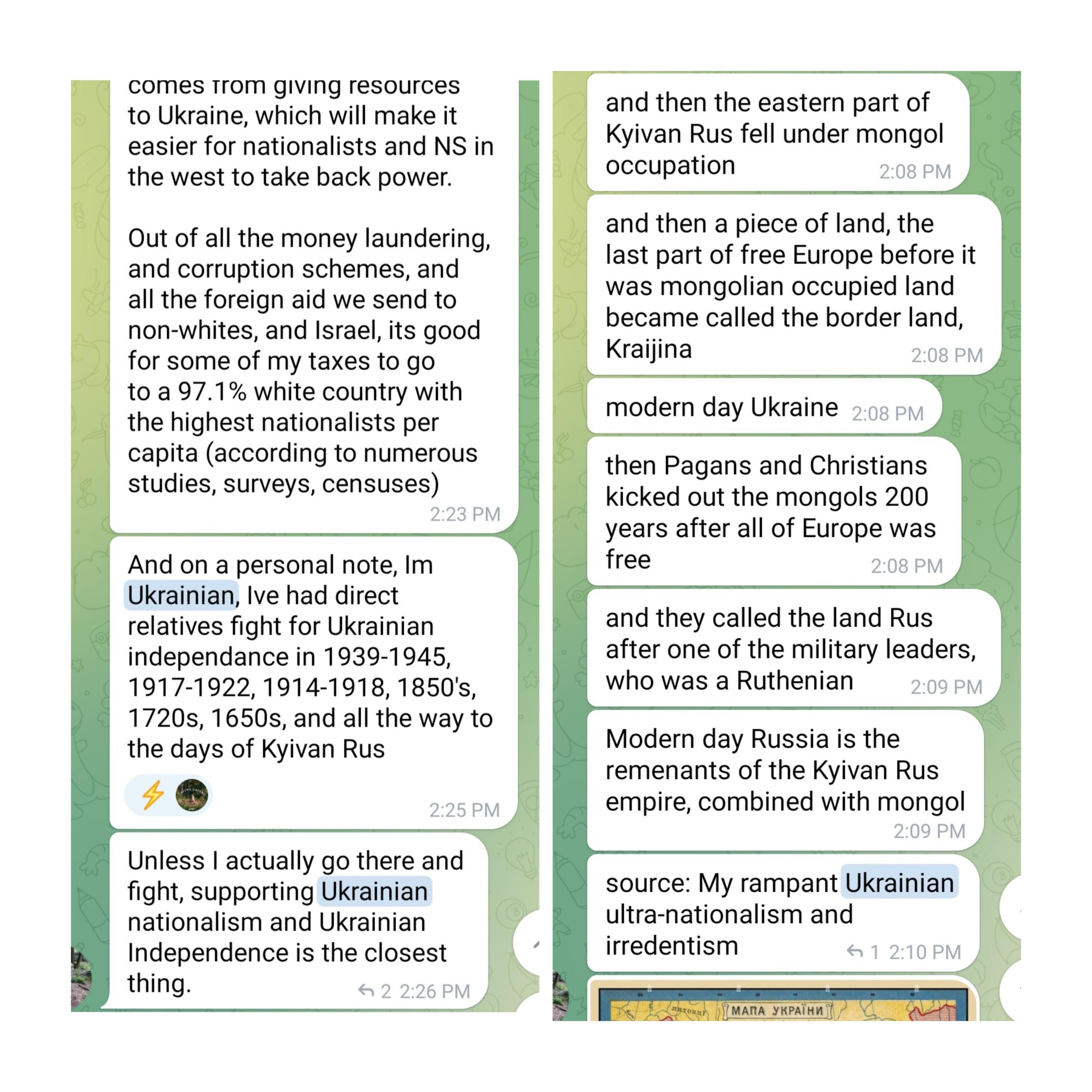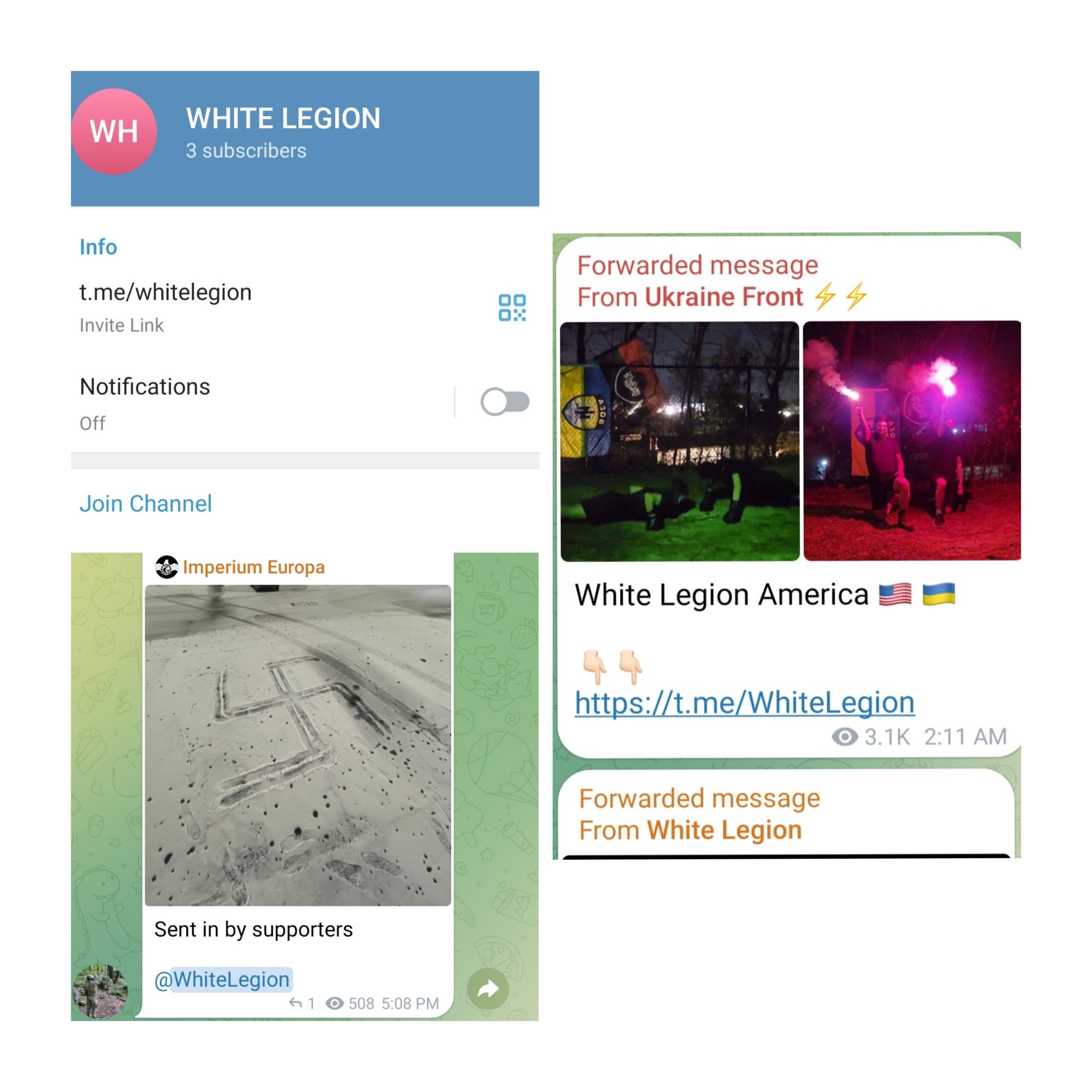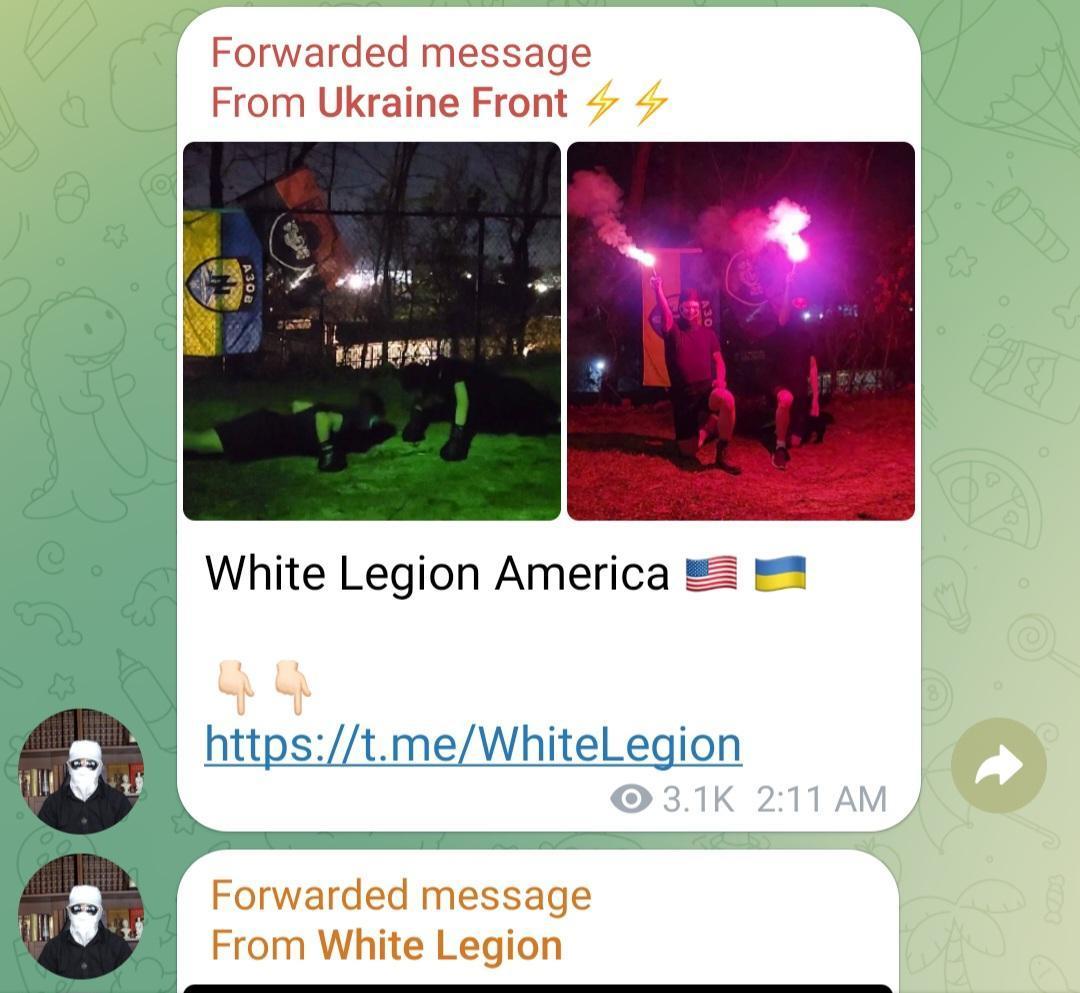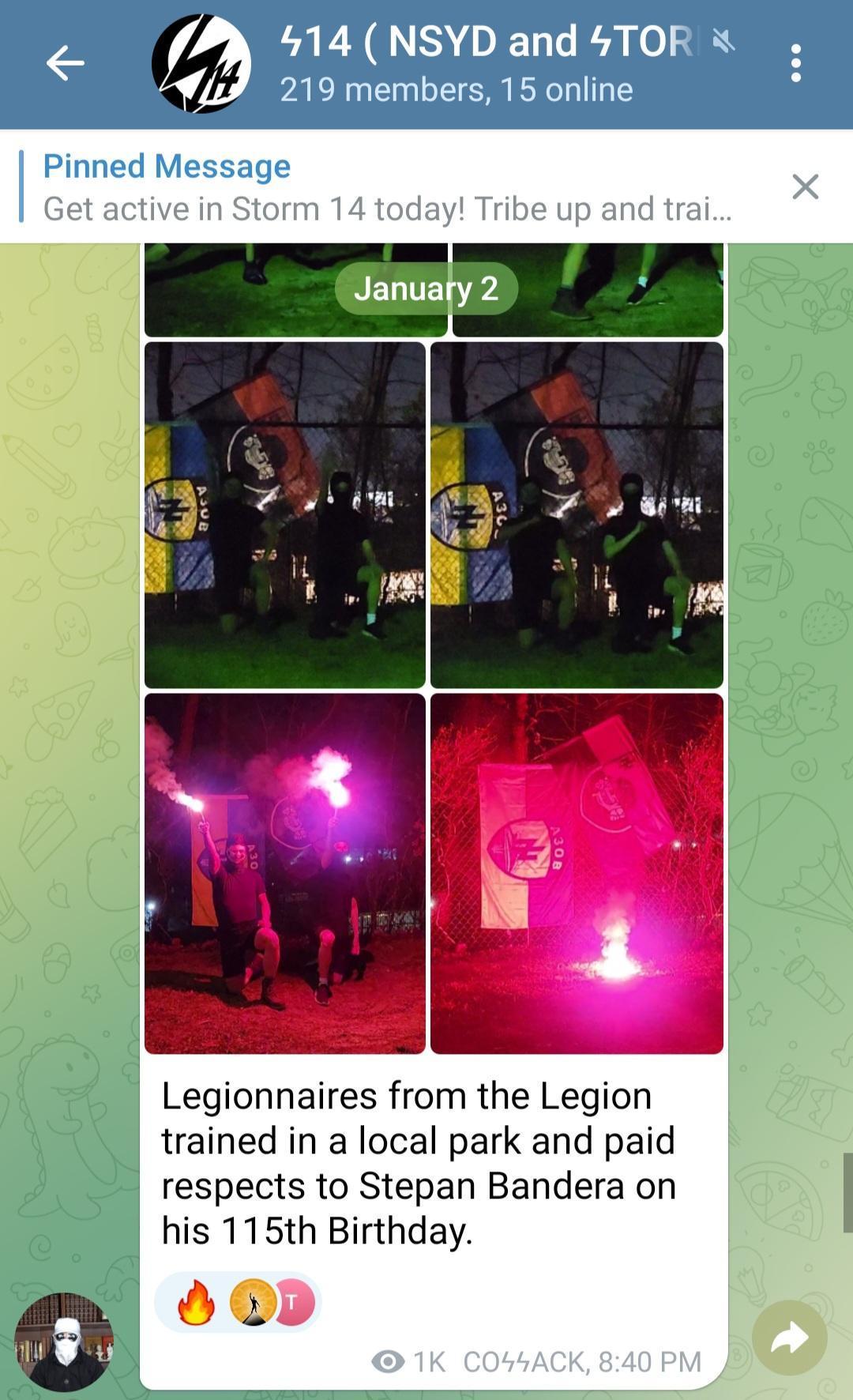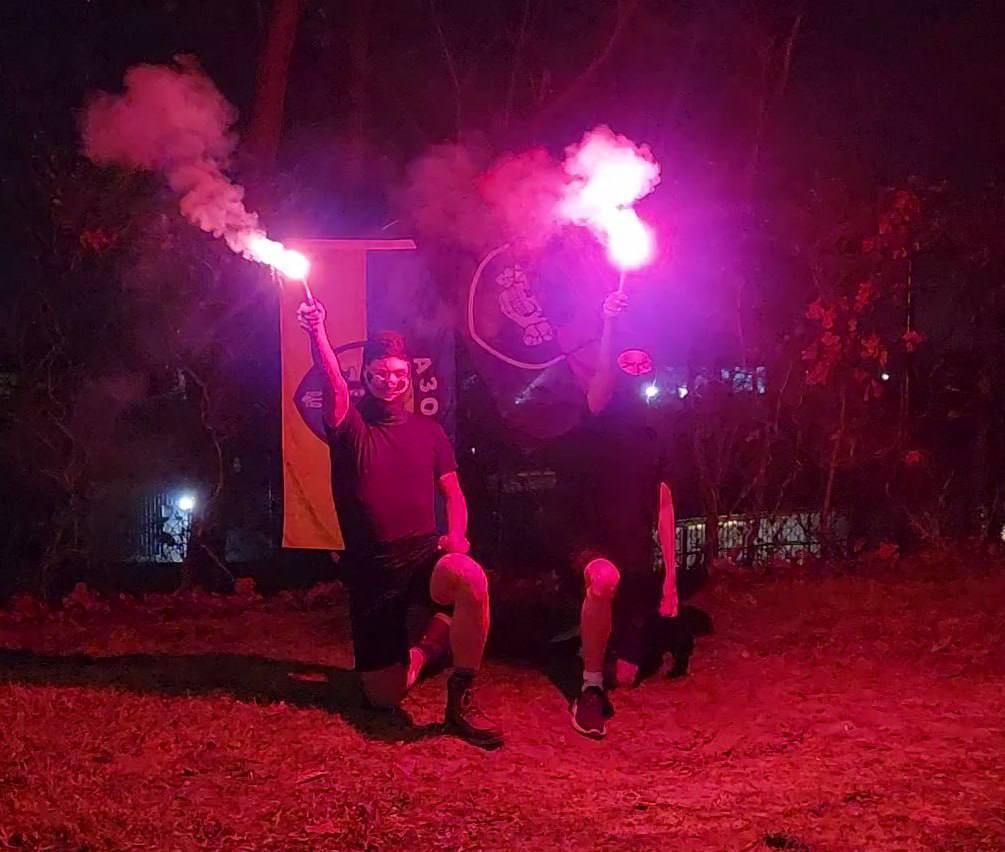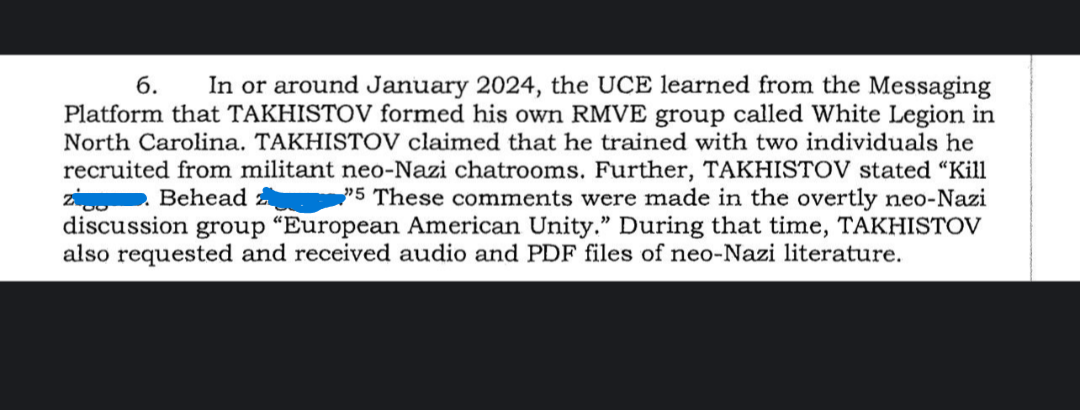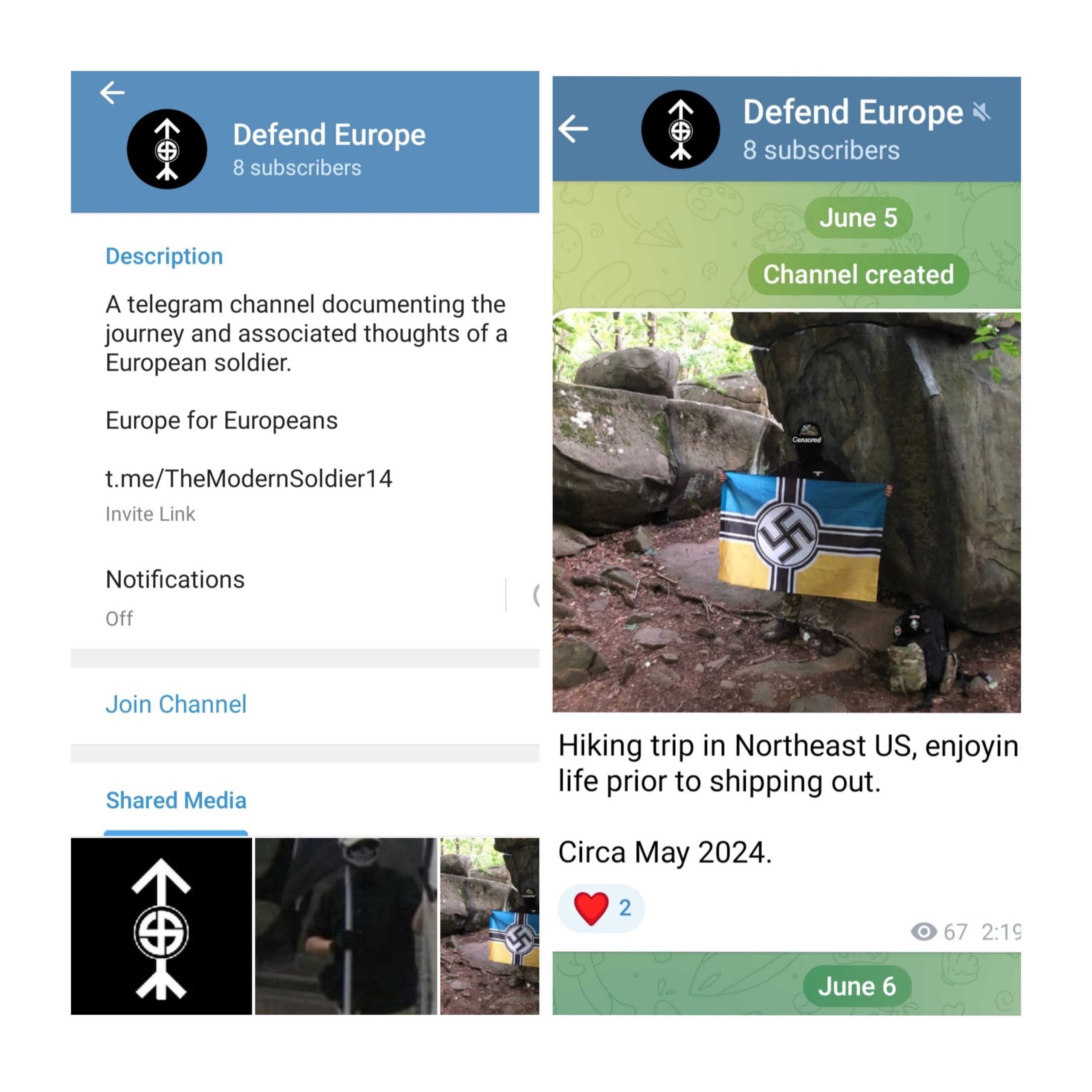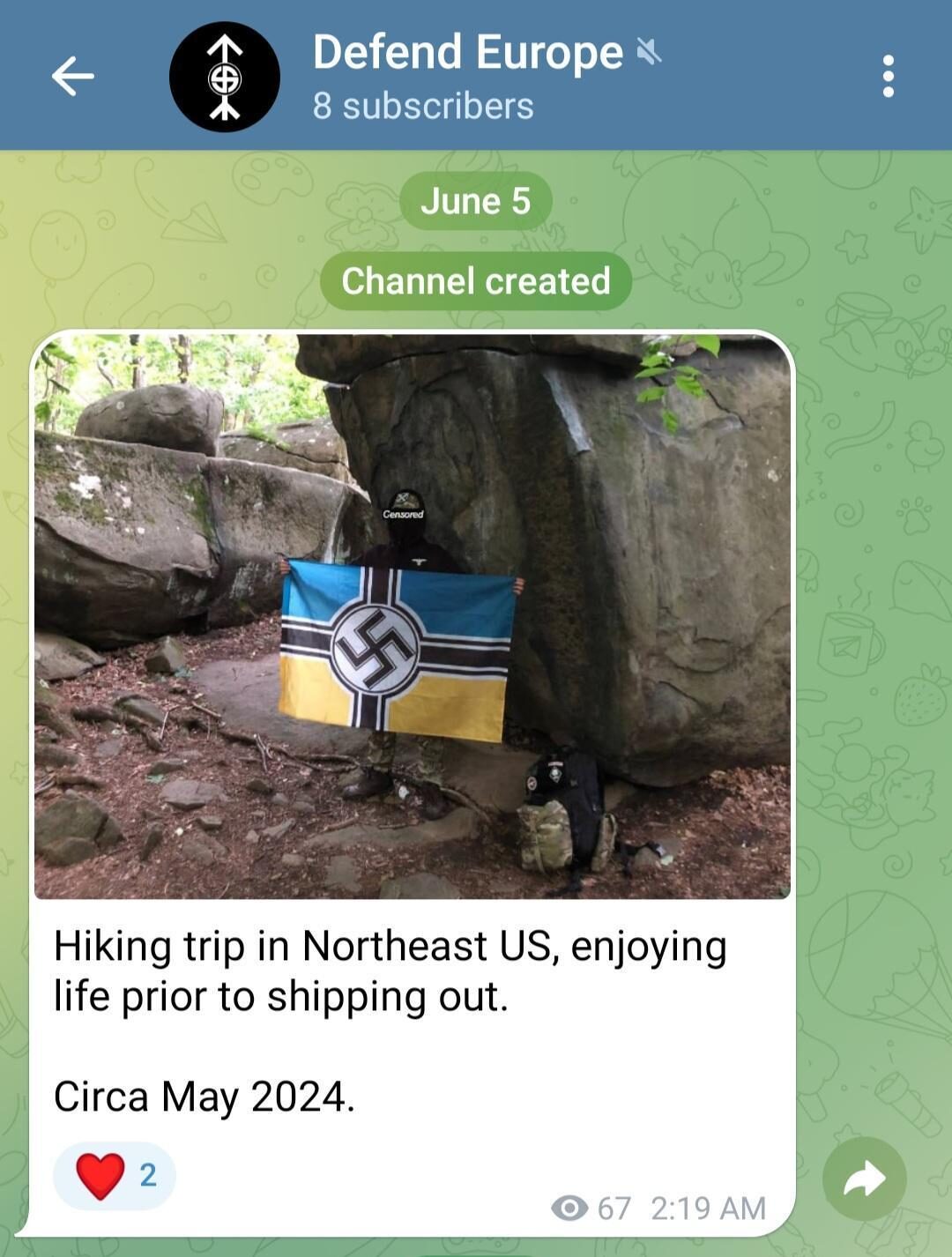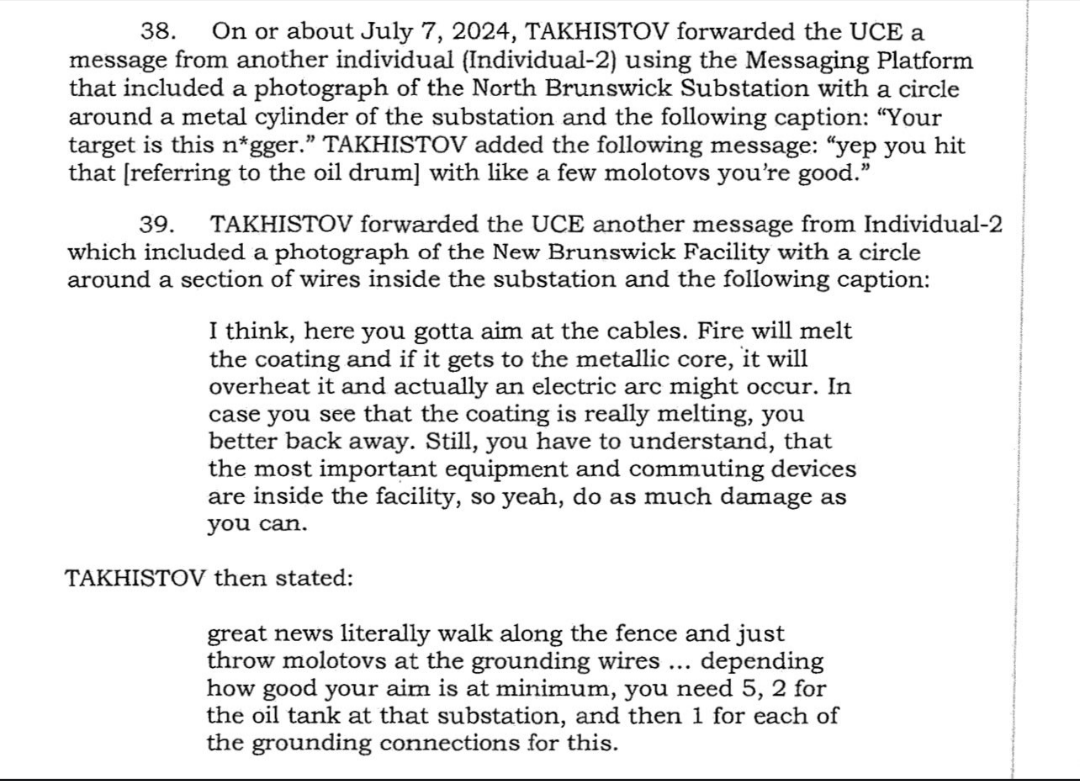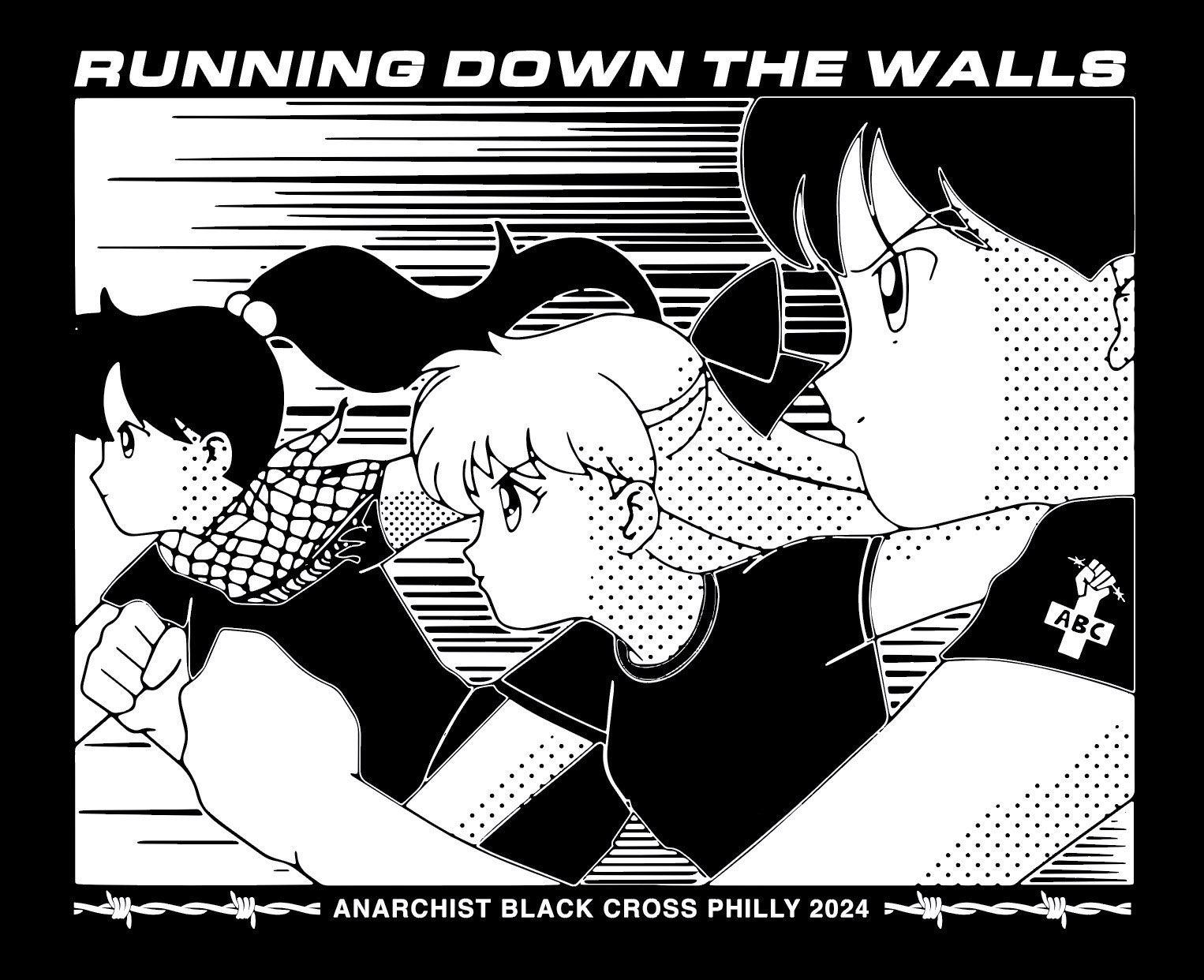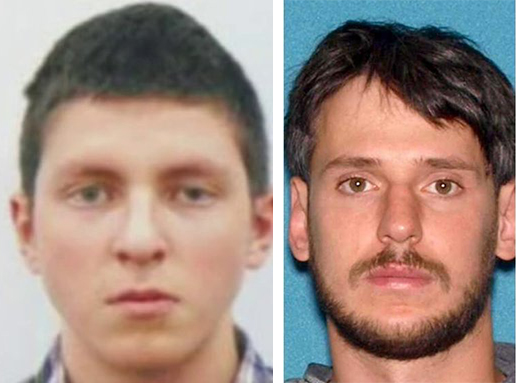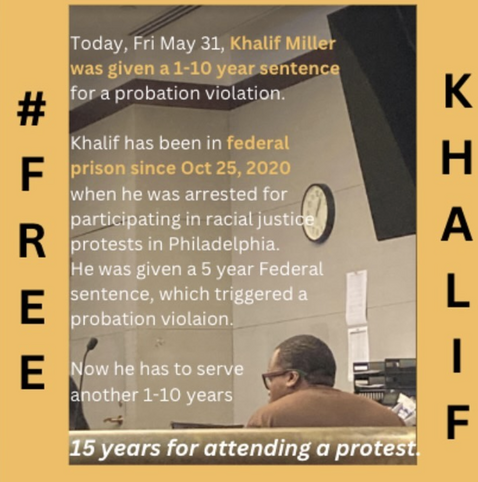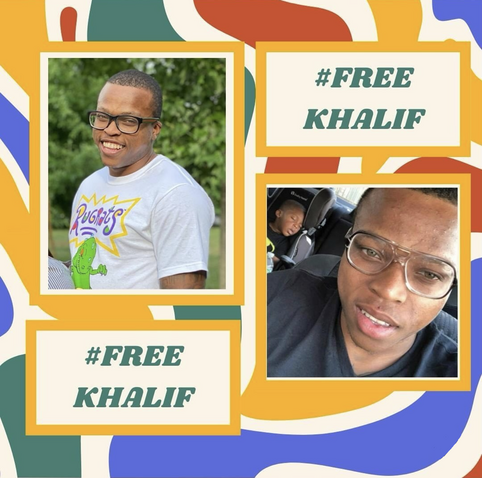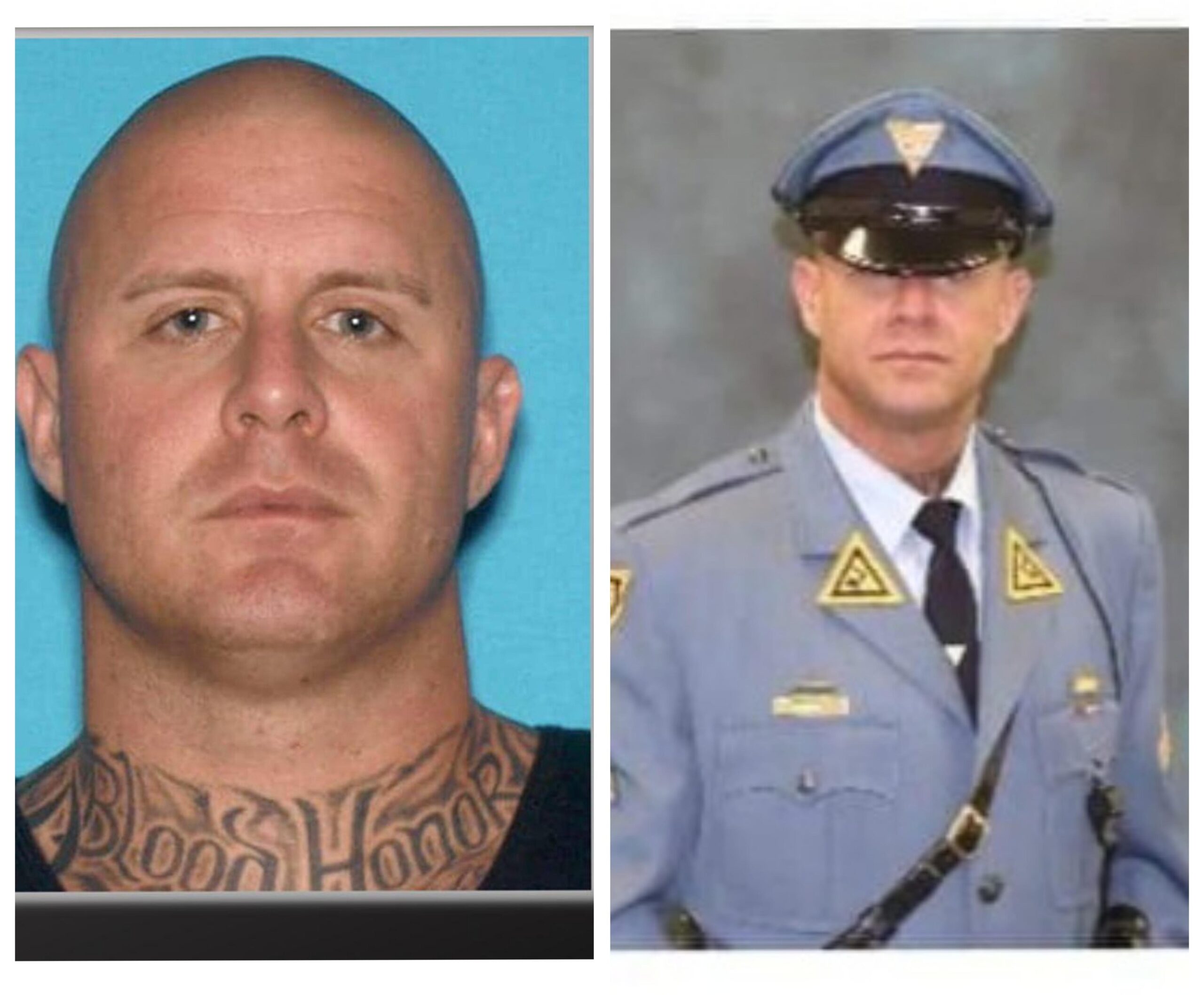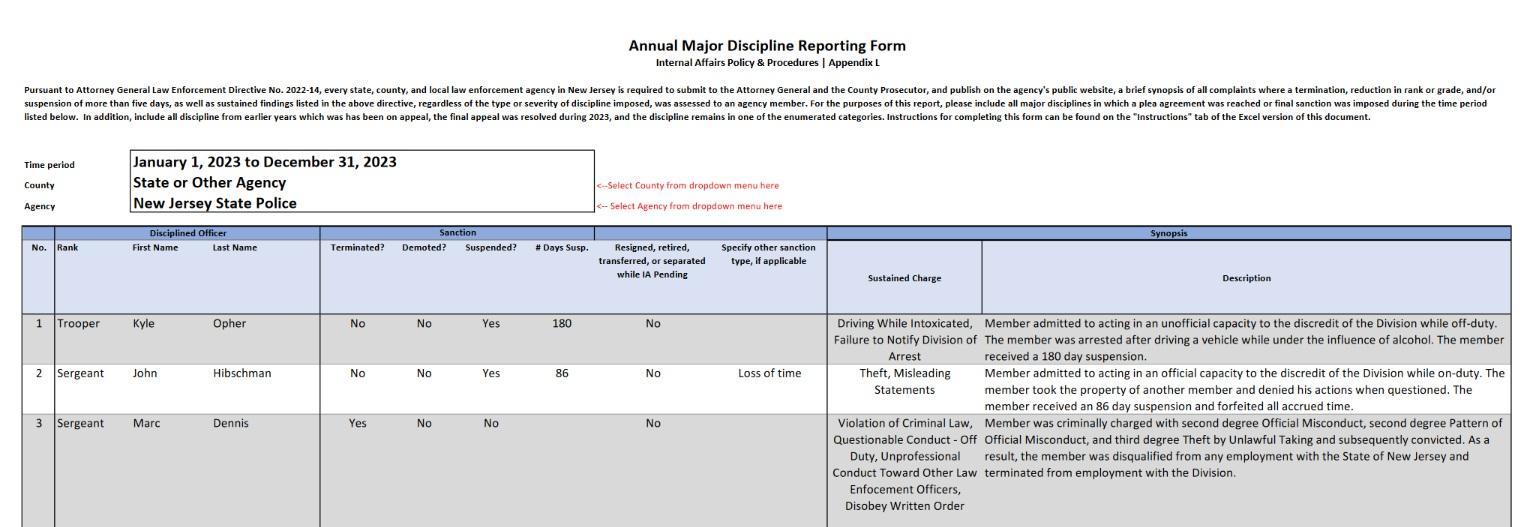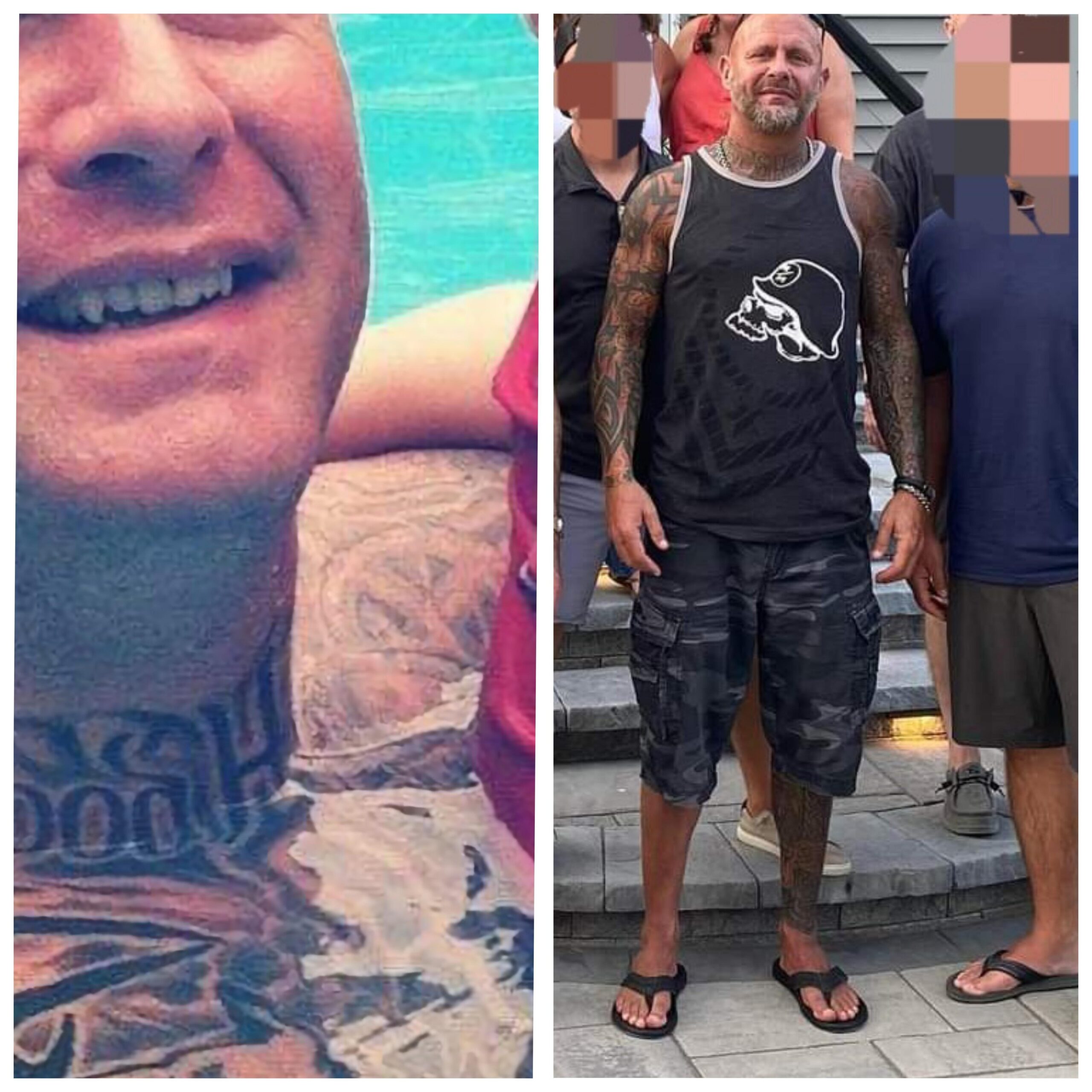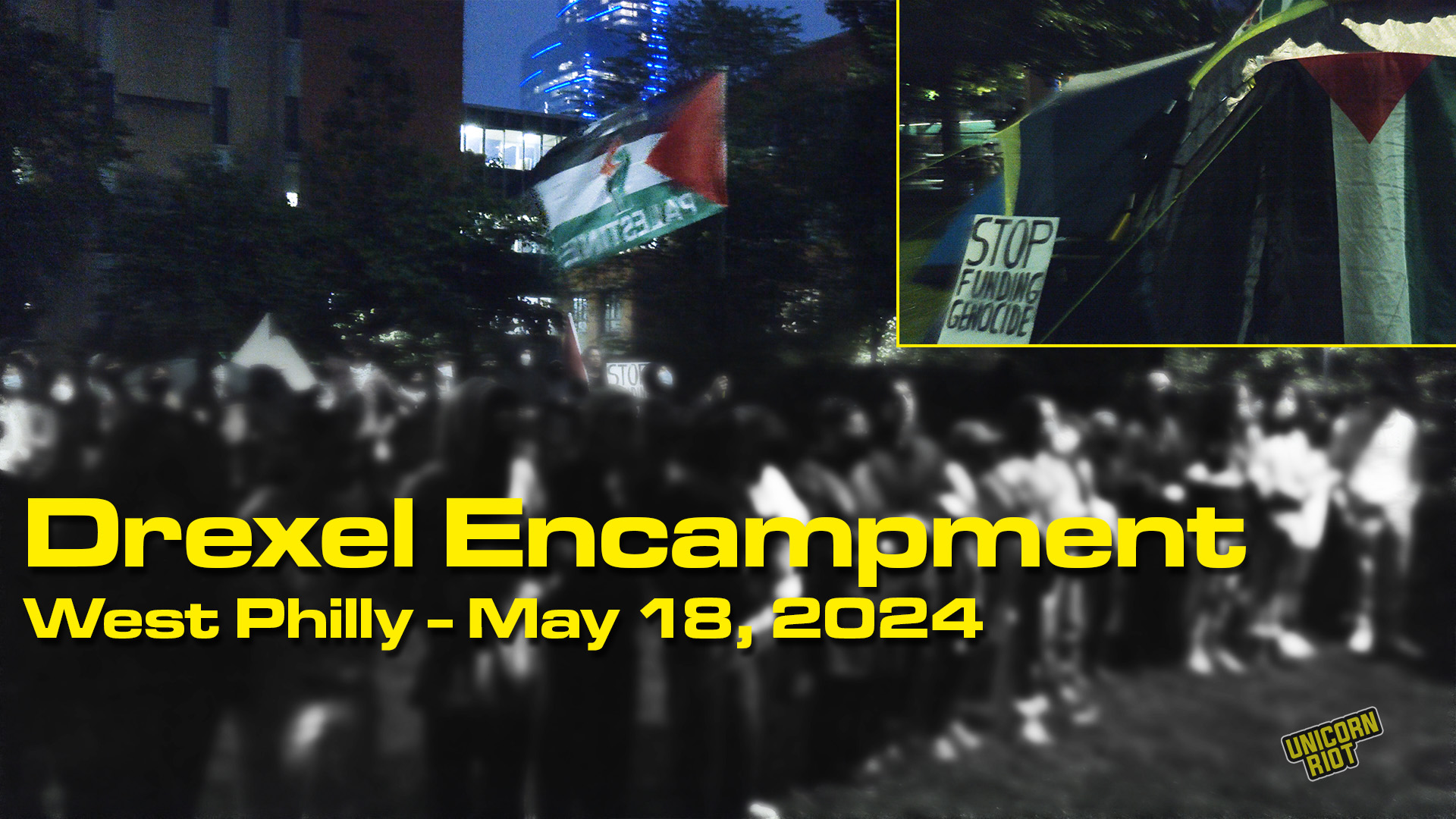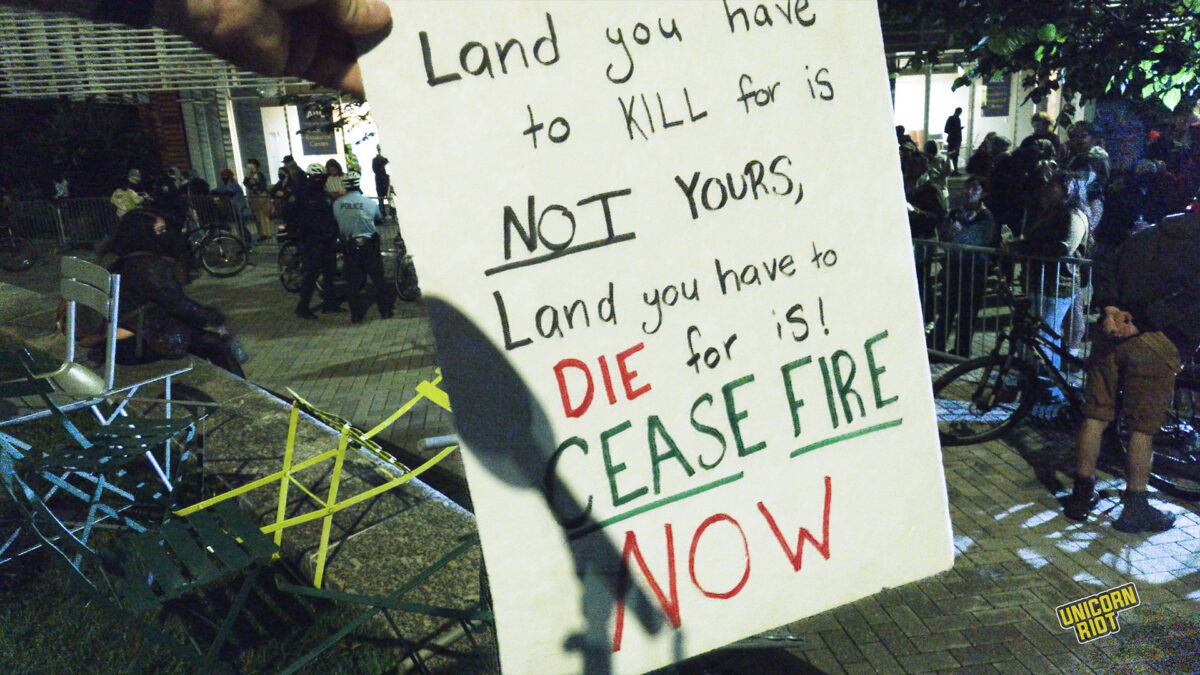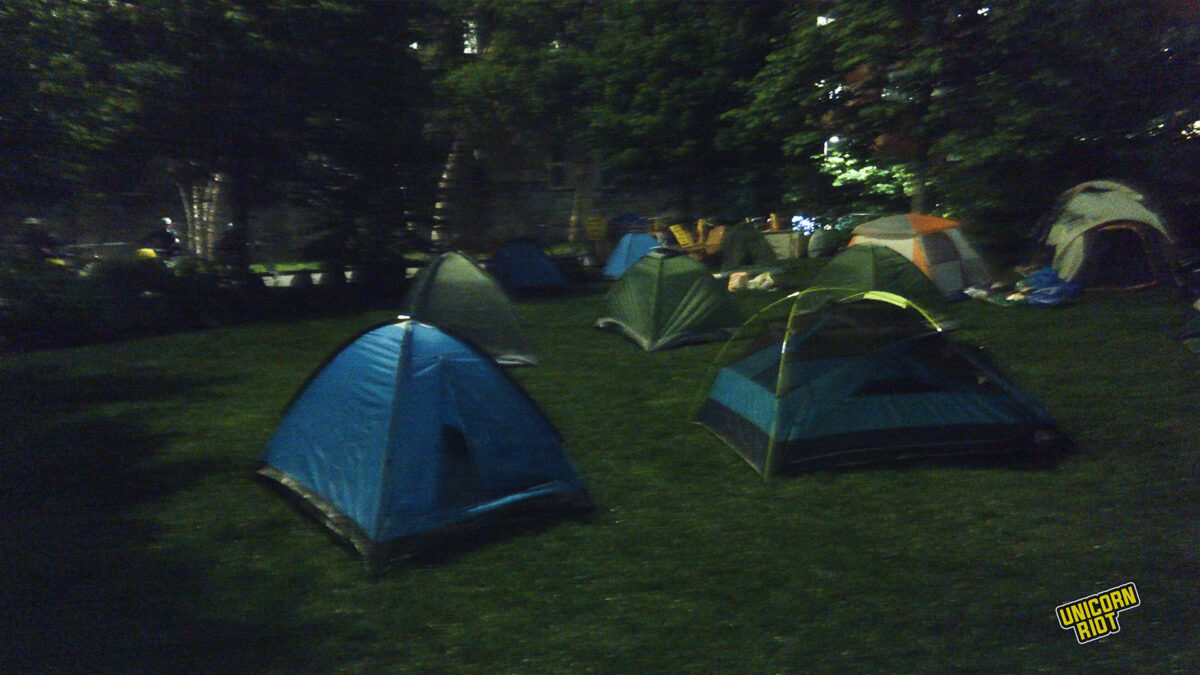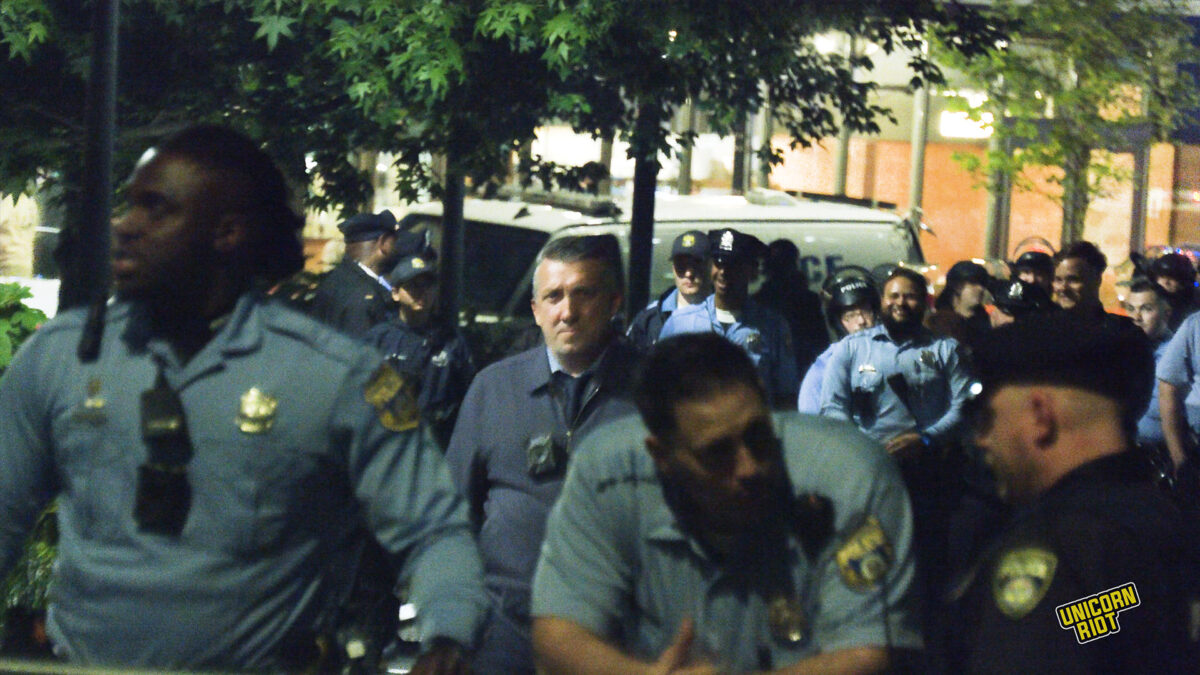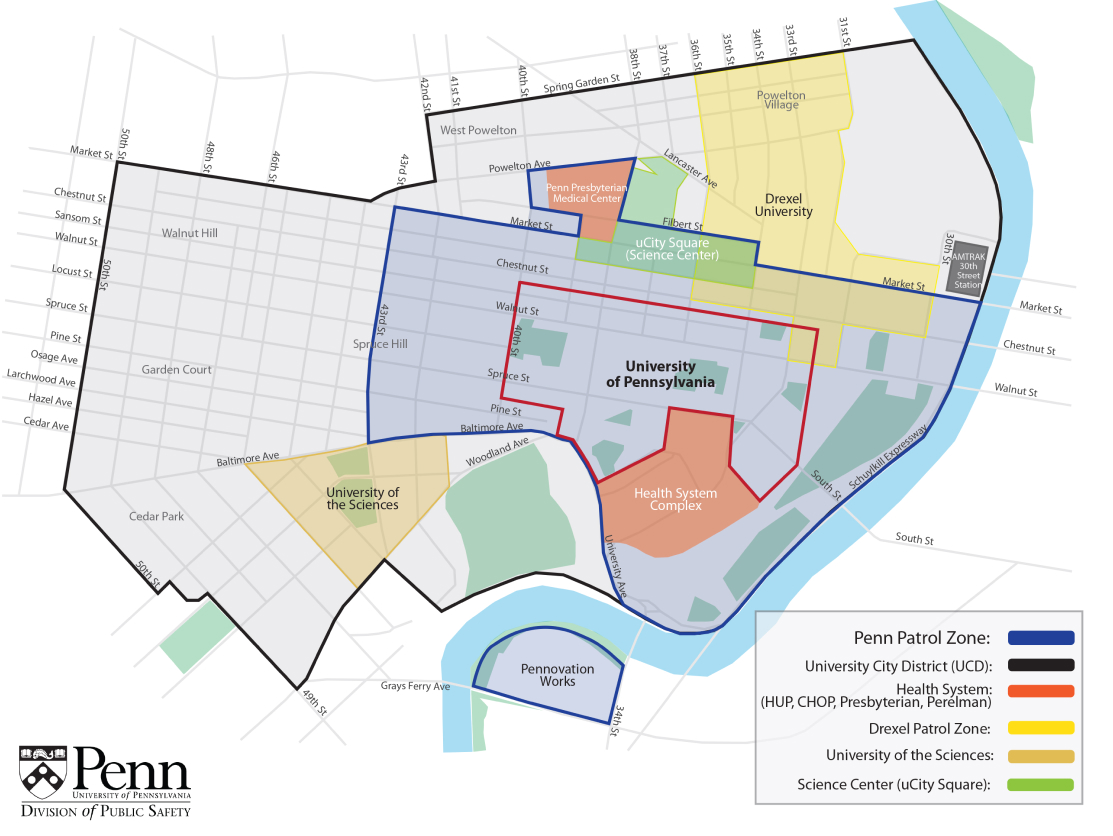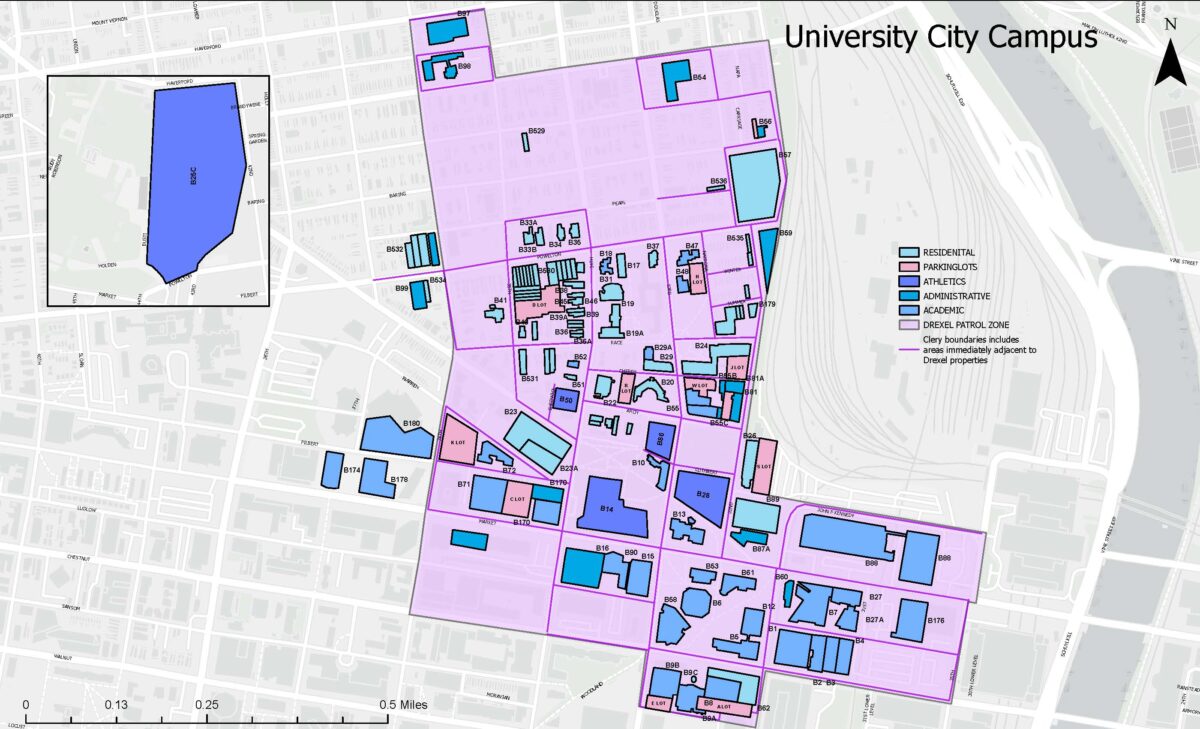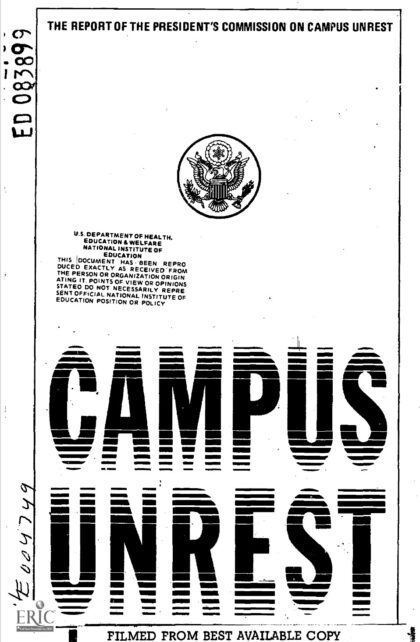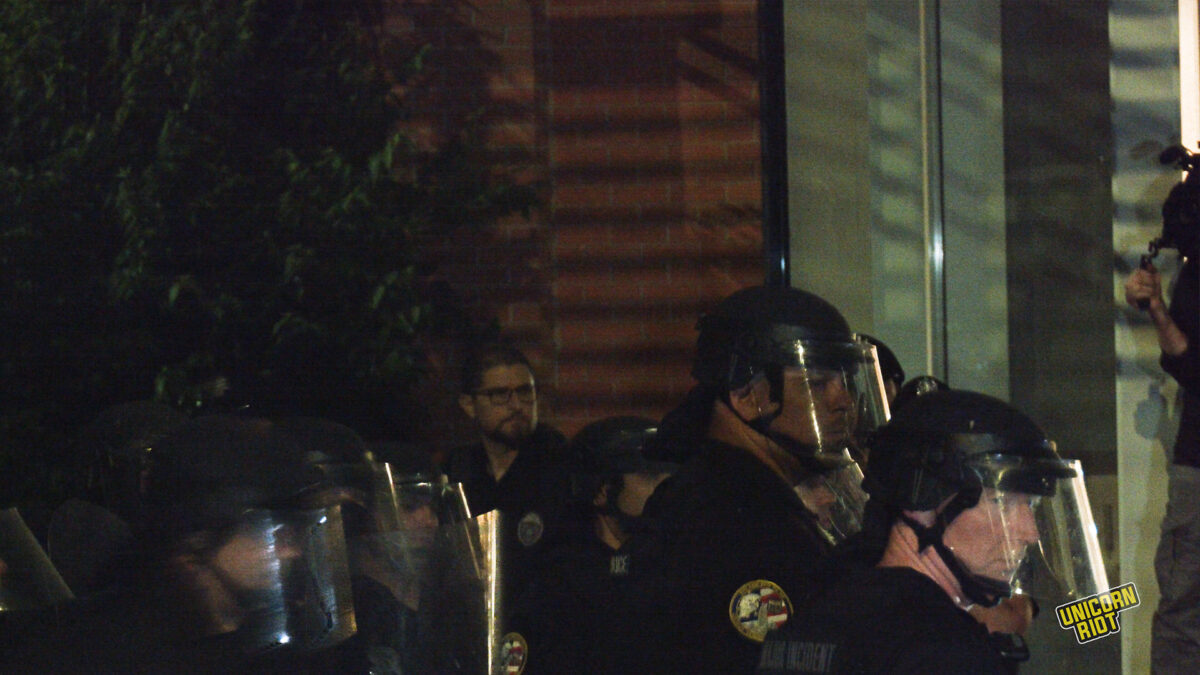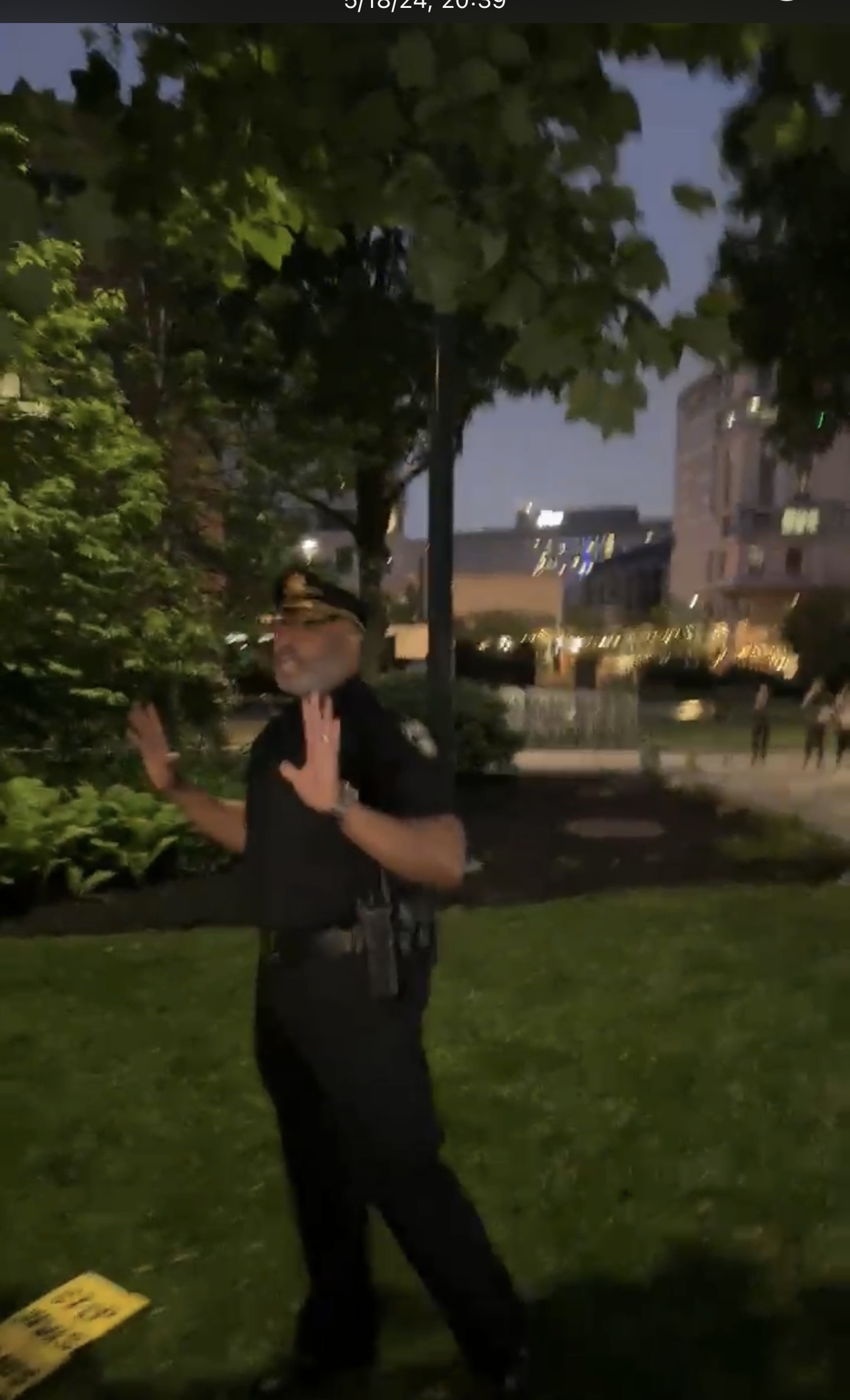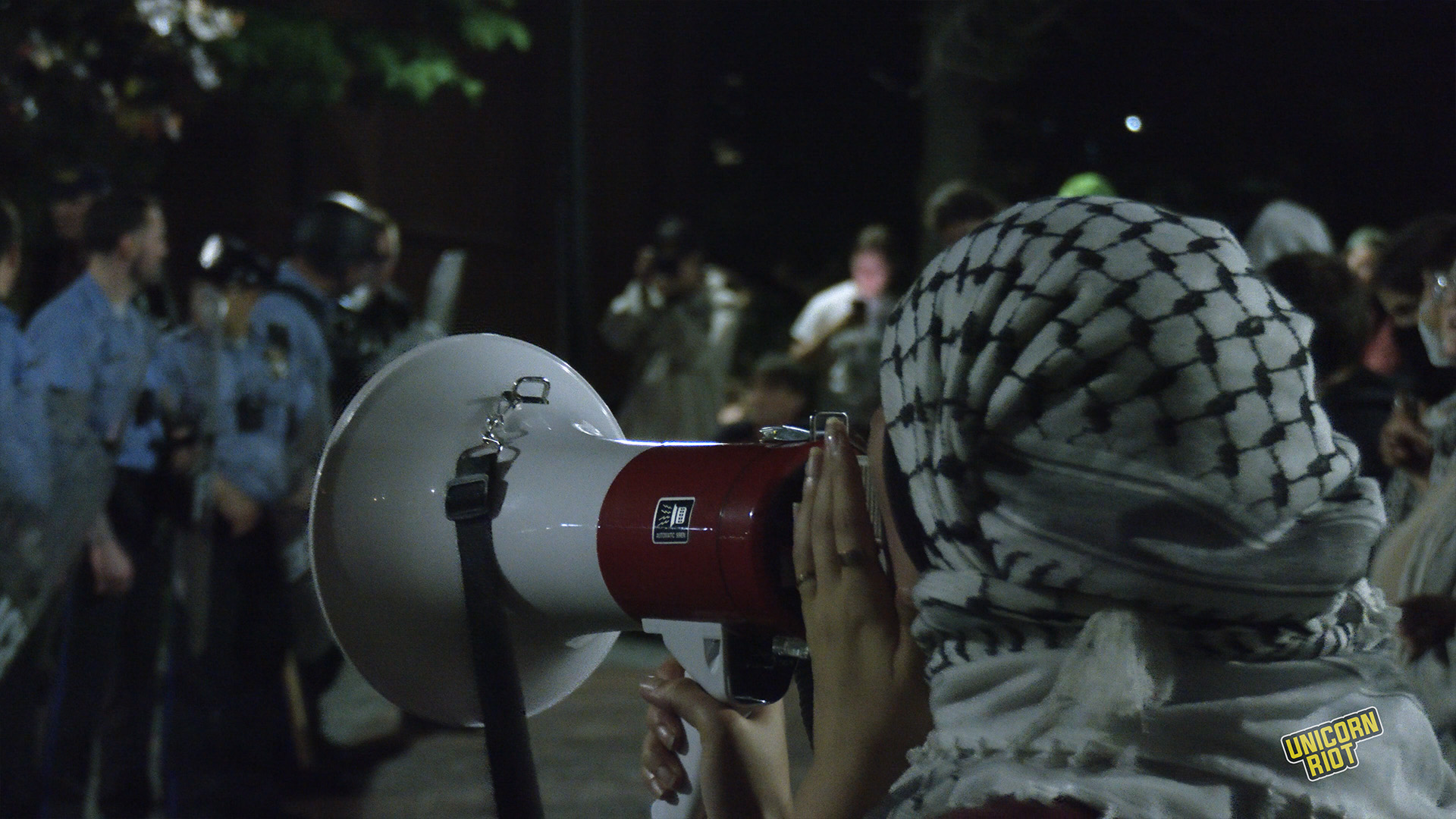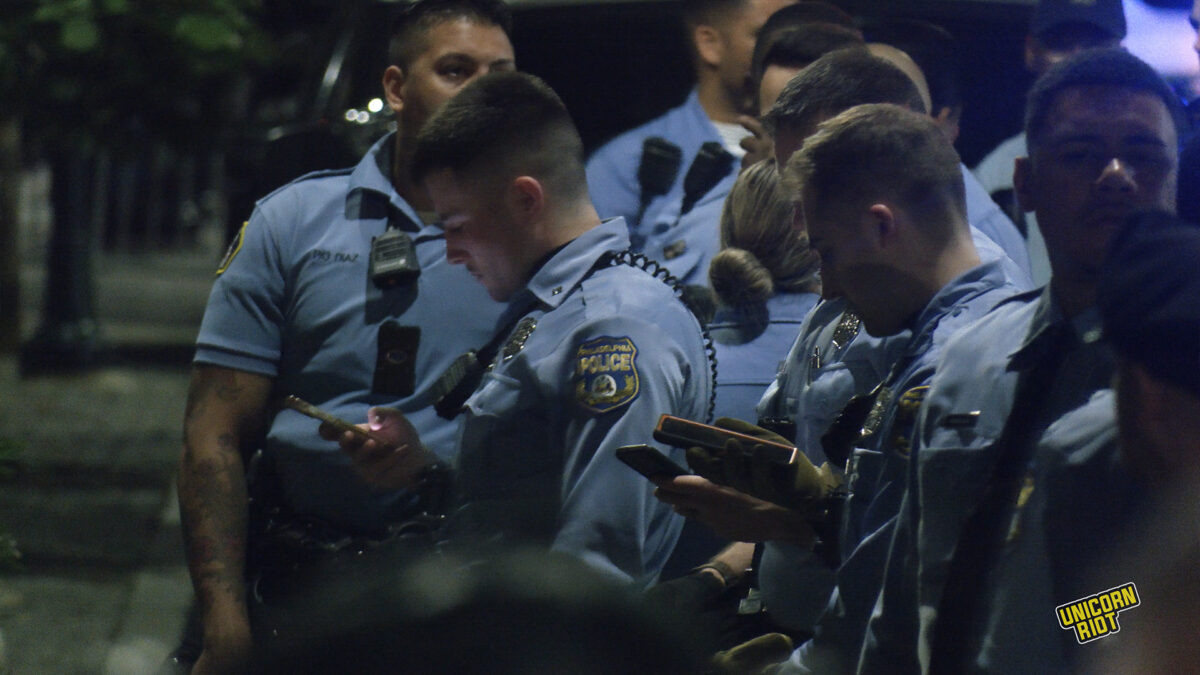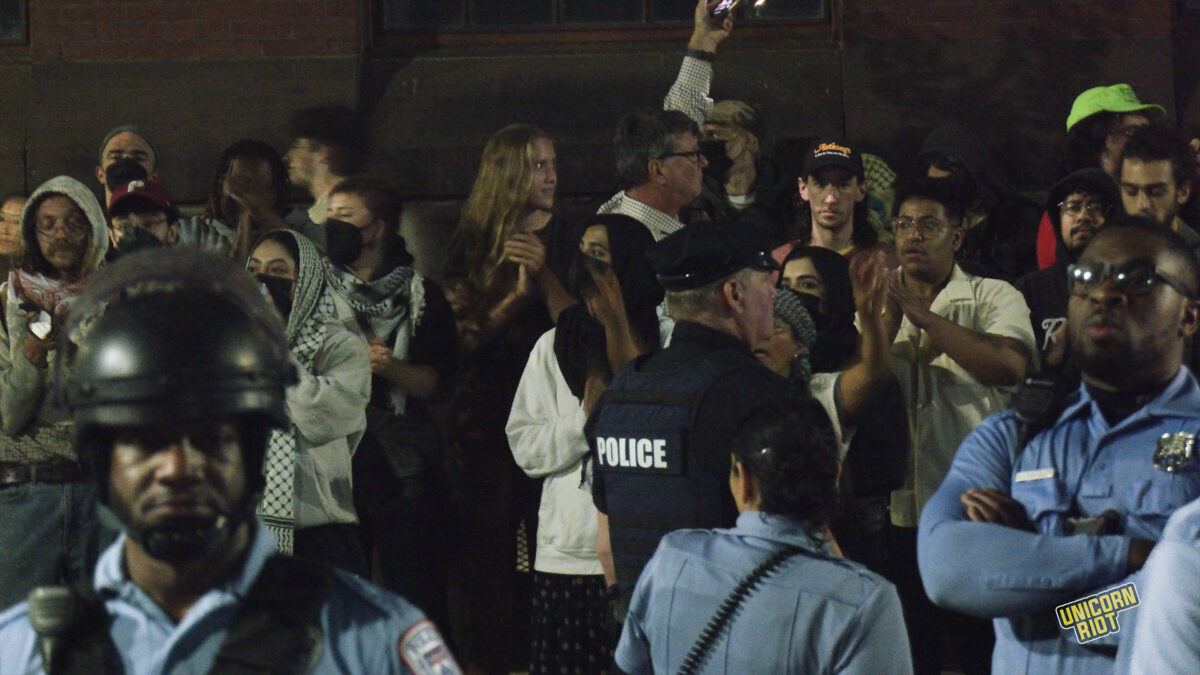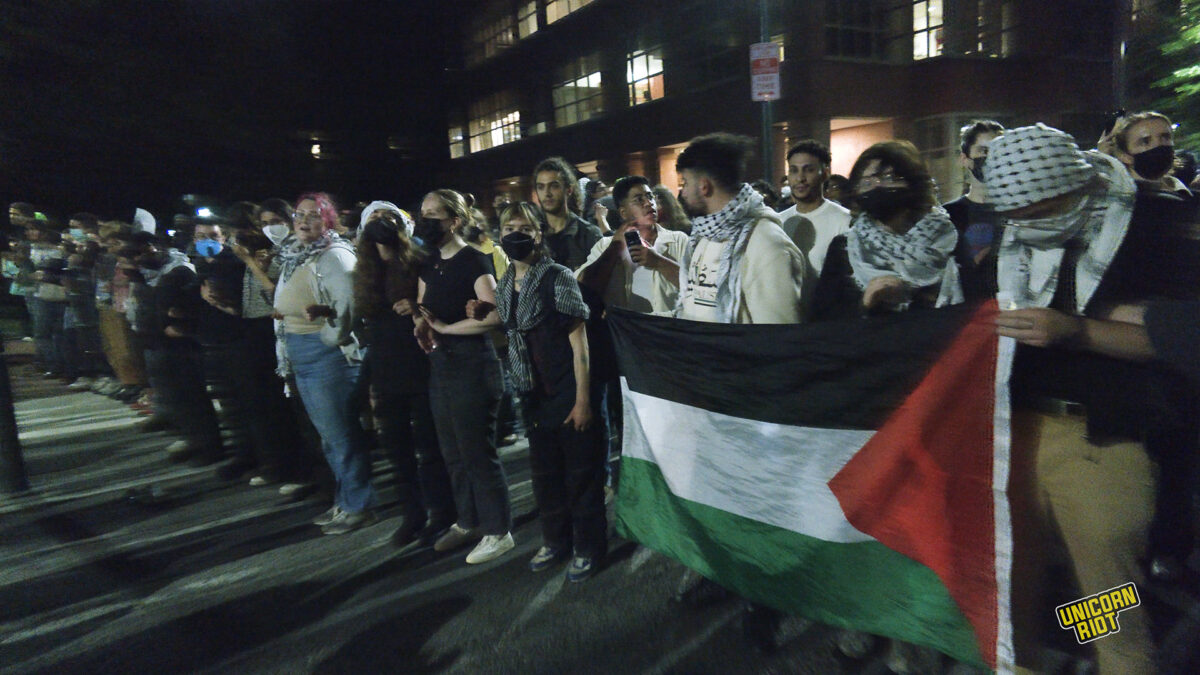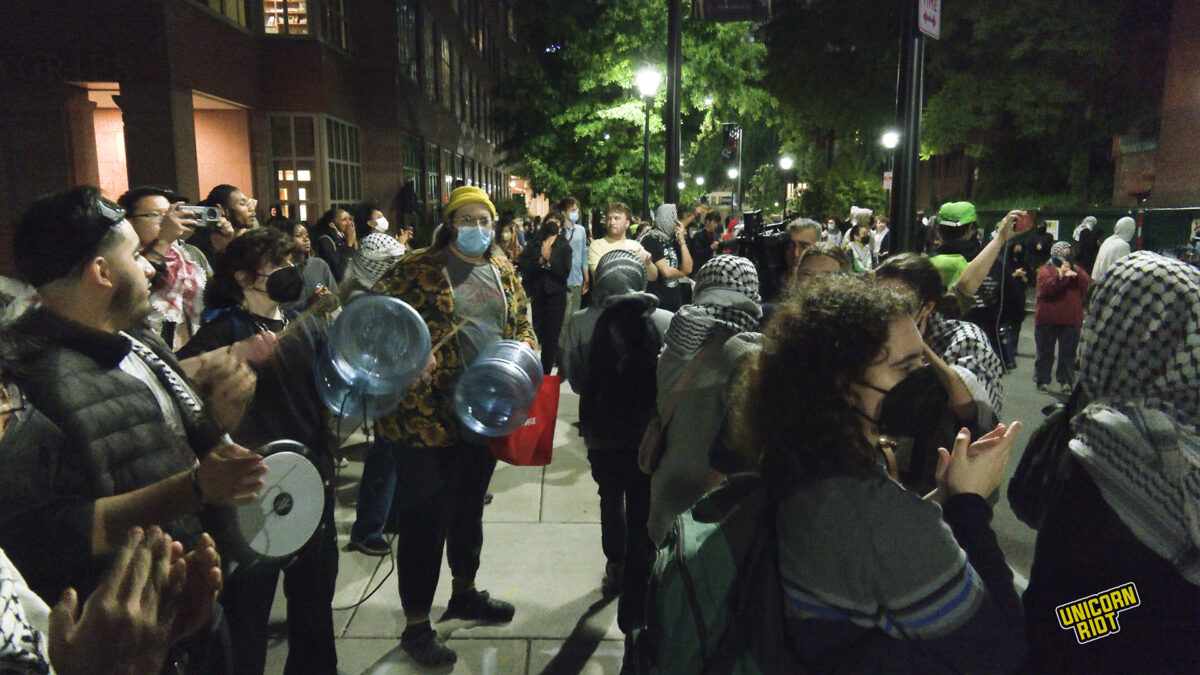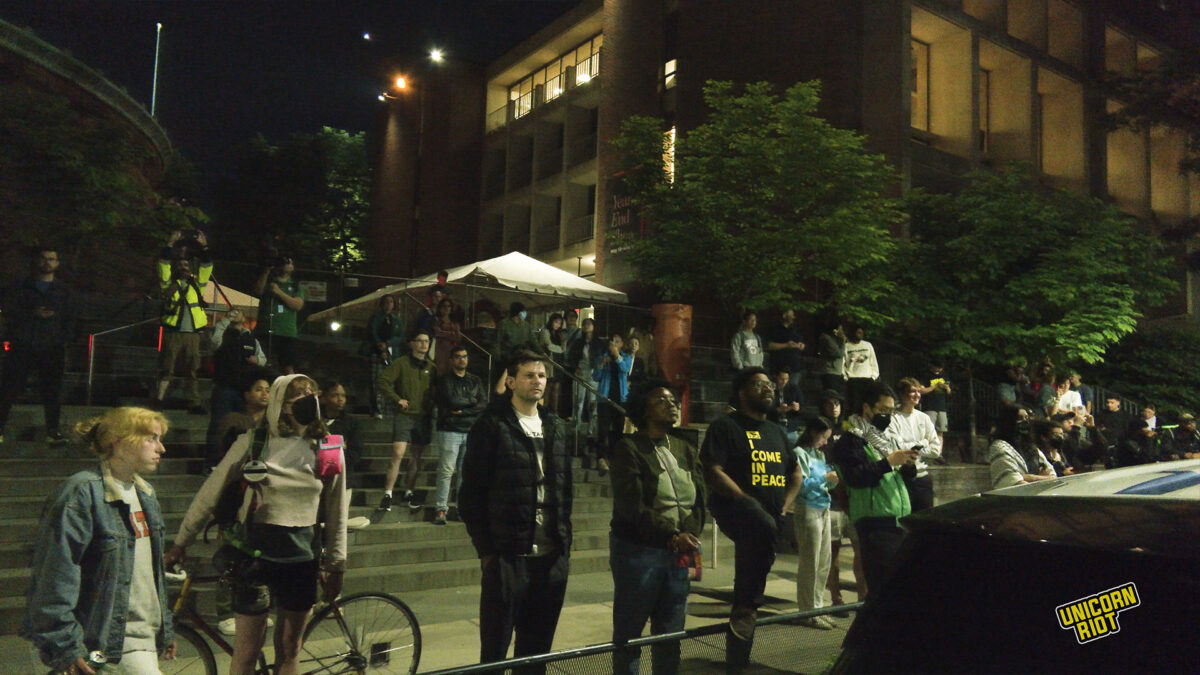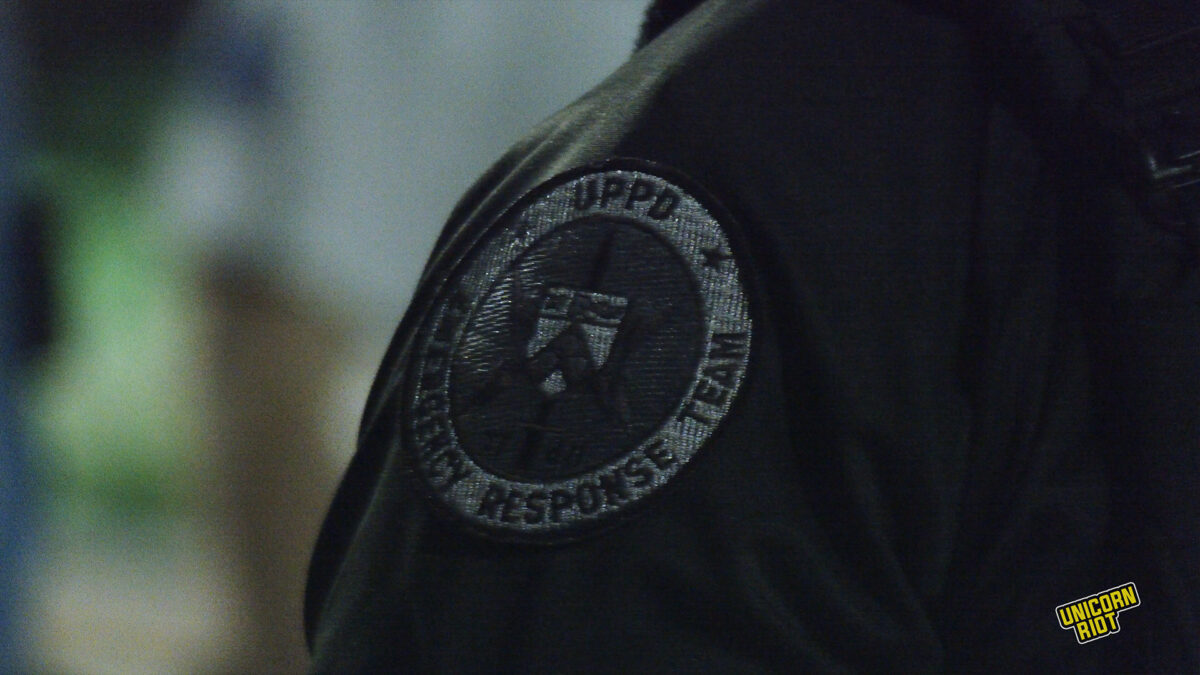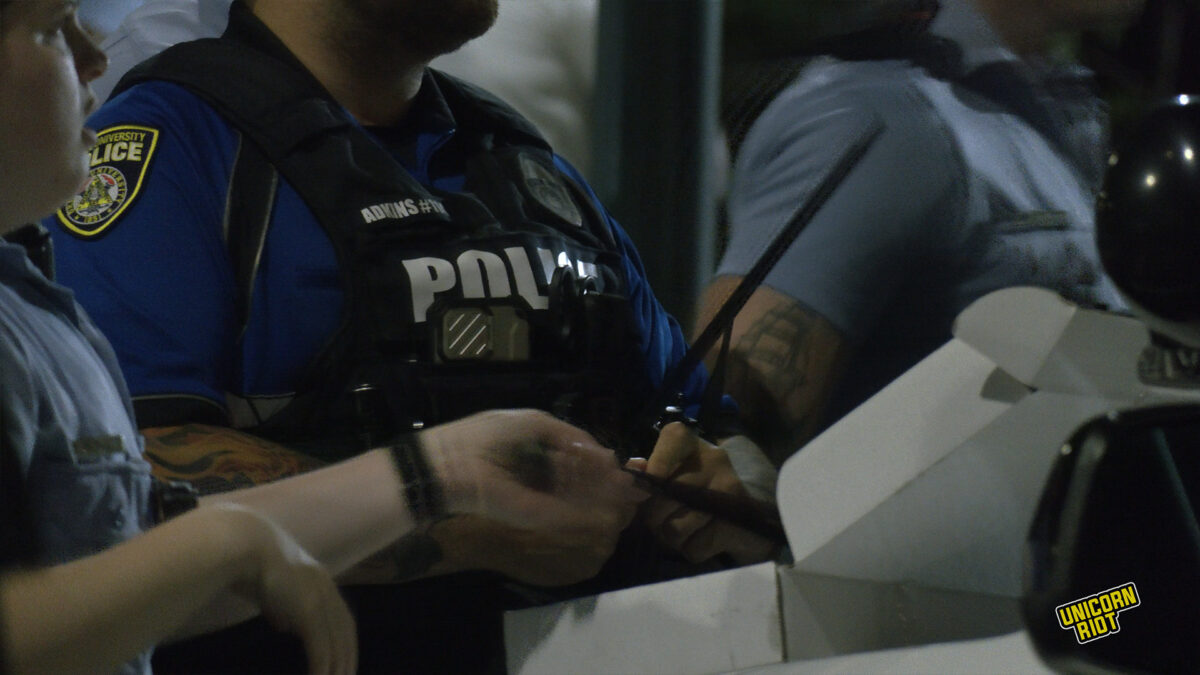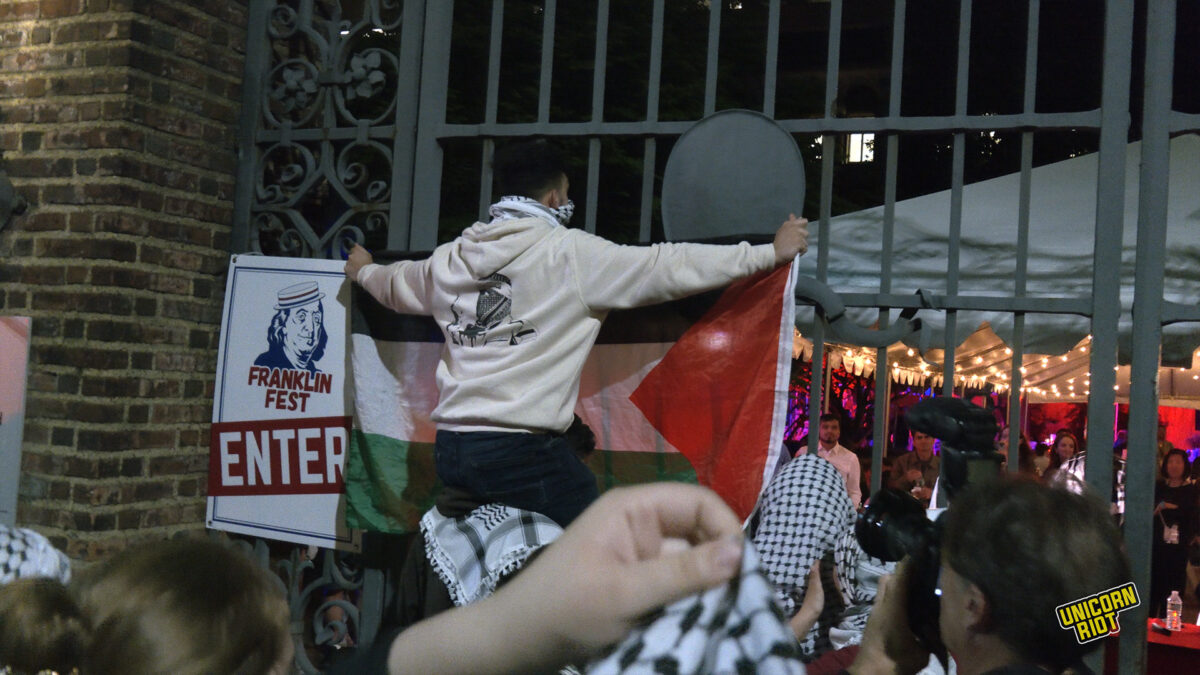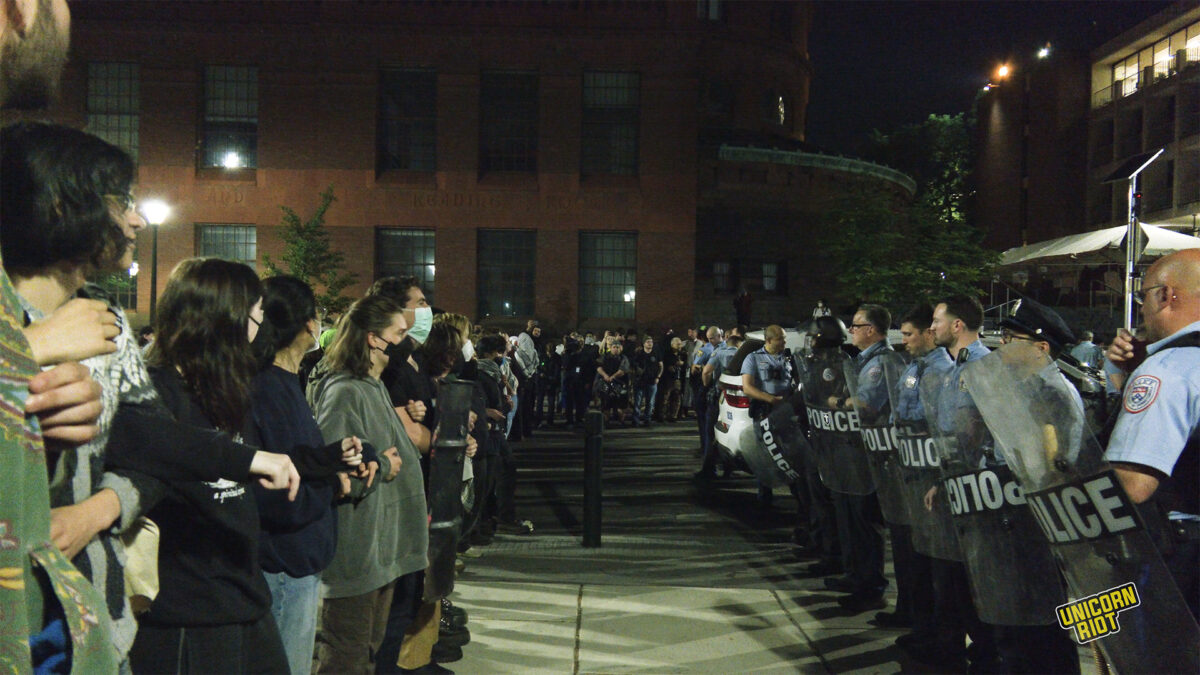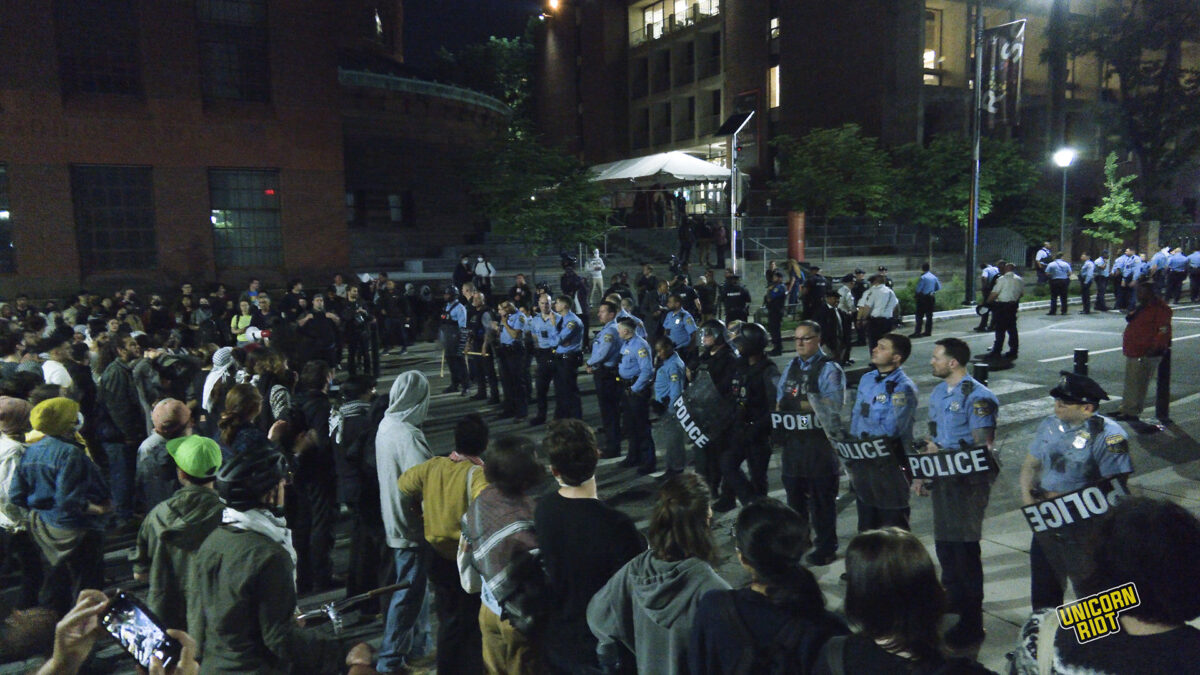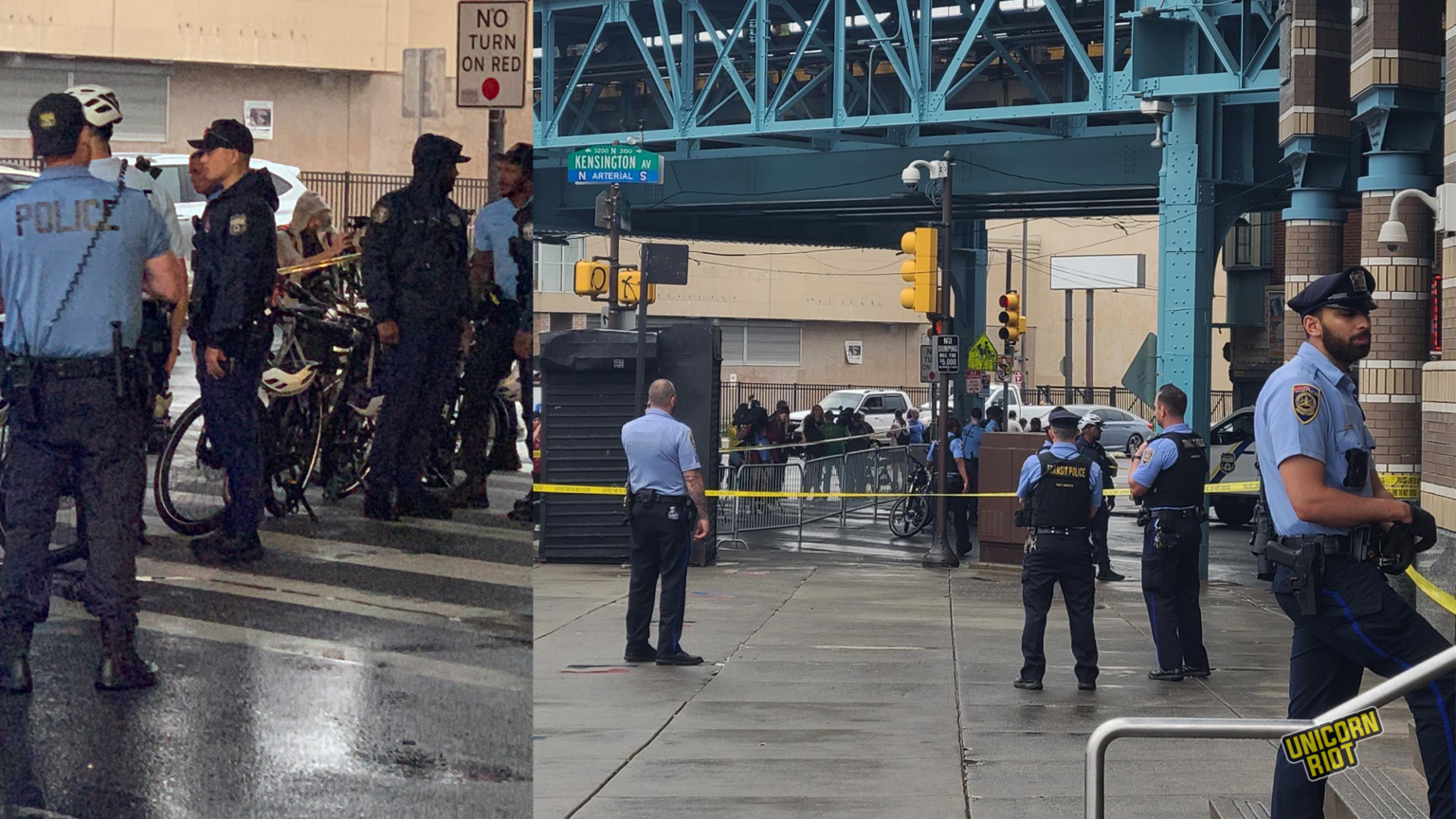from Mainstream Media
Investigators say the illegal gatherings were reported over a span of seven hours late Saturday into early Sunday, and featured hundreds of cars drag racing and drifting, and several trash fires.
/cloudfront-us-east-1.images.arcpublishing.com/pmn/CVYFRTFLVZDGPGENWJ34UB6G3A.jpg)
Multiple Philadelphia police officers were attacked and their vehicles damaged while trying to break up nearly a dozen illegal car meetups throughout the city late Saturday into Sunday morning, police said, causing mayhem and rattling the nerves of residents in nearby neighborhoods.
Investigators said there were 11 large meetups, some of which drew more than 200 cars, as well as a series of other smaller gatherings, scattered throughout nearly every corner of the city, from Northeast to Southwest.
The wild scenes unfolded over the course of seven hours, with the first reported to police at 9:30 p.m. on Bustleton Avenue near Bleigh Avenue in Rhawnhurst. During that incident, 50 cars gathered at the scene, which drew multiple spectators. An arrest warrant was issued for one of the drivers, whom police did not identify, after they hit an uninvolved car while attempting to flee. Officers issued nuisance citations to nine other drivers and 15 spectators.
/cloudfront-us-east-1.images.arcpublishing.com/pmn/HTTTROAGOBH6BEMJVA66IVO7II.jpg)
An officer responding to an assist call nearby was hurt after his vehicle was struck by a car fleeing that meetup, police said.
Other meetups saw attendees building bonfires, setting off fire crackers, and in one instance shooting a flamethrower as drivers revved and screeched through the streets, doing doughnuts, hanging out of their cars, and leaving massive scenes of smoke in their wake, according to investigators.
Deputy Police Commissioner Francis Healy said at a news conference Sunday that officials believe the aggressive behavior was in retaliation to the department’s increased enforcement against the meetups in recent months.
Investigators were poring over video and evidence, working to identify people involved, he said.
”We have your picture. We’re coming for you. If you think you got away last night, you didn’t,” Healy said of the drivers. “We’re coming with search warrants, and we’re coming with arrest warrants, so don’t think we’re going to lay down and allow this to happen in our city.”
Deputy Police Commissioner Michael Cram said Sunday that fireworks and fires have become a standard part of the gatherings, with drivers circling around the flames to hype up the crowd. The groups often even have camera crews with them, he said, and frequently make videos for their social media profiles.
Cram said that a team of officers is deployed each weekend to respond to and try to prevent the meetups from forming, but they’re difficult to police. As quickly as they form, he said, the groups disperse. Officers cannot chase after the cars for safety reasons, and when an officer is surrounded, their car sometimes being attacked, it’s not safe for them to even get out of their vehicle, Healy said.
”It’s like a game of whack-a-mole,” said Cram.
Other meetups were reported in South Philadelphia, Southwest Philadelphia, and Center City, according to police. At a 4 a.m. meetup at Island and Bartram Avenues, more than 200 cars were drifting — speeding and whipping the tail end of the vehicle around — and drag racing. Officers who responded were attacked and a vehicle was damaged, police said.
Additional officers were attacked just after 4:30 a.m. at 15th and Market Streets, where more than 100 cars were reportedly drifting, and spectators were setting trash fires, police said. Five police vehicles were damaged, their windshields broken and tires flattened by spectators.
Police made two arrests at 20th Street and Pattison Avenue after a car fleeing an 11:47 p.m. meetup there crashed into a pole. Investigators did not identify the driver or the passenger, a juvenile, but said they lived nearby.
City Council President Kenyatta Johnson, in whose district that meetup was held, said Sunday that events like it are a “matter of public safety that can have deadly consequences for unsuspecting drivers, pedestrians and neighborhood residents.”
“Philadelphia City Council members will continue to work with the Police Department and Mayor Cherelle Parker’s administration on solutions to this issue citywide,” Johnson said. “I also urge the Philadelphia District Attorney’s Office to prosecute anyone arrested in connection with this weekend’s illegal car meetups, including the injuring of police officers, to the fullest extent of the law.”
/cloudfront-us-east-1.images.arcpublishing.com/pmn/W5G5ABLR3VHRFCFSOHV365YLRA.jpg)
Car meetup culture has become a fixture of the city in the last few years, organized and advertised over social media. The unsanctioned, illegal gatherings block intersections and close streets, and have led to violence.
In June 2023, 18-year-old Anthony Allegrini Jr. of Glen Mills was killed by Pennsylvania State Police troopers after he struck two troopers with his Audi S4 while trying to flee a car meetup that shut down I-95 near Penn’s Landing. Two other assaults during that meetup were captured by bystander video.
Later that year, on Oct. 1, Cody Heron, 27, brandished a gun and headbutted Nikki Bullock near Philadelphia City Hall as she was delivering for Uber Eats with her children in the car. Heron pleaded guilty to two counts of aggravated assault and one count of possession of an instrument of a crime.
He was sentenced to one to four years in state prison and five years’ probation. Prosecutors have said Heron, of Frankford, was part of an ATV and motorcycle meetup that illegally drove through Center City.
People who live near the site of some of this weekend’s car meetups say they are frustrated over inaction by the city. The city’s Nuisance Car Ordinance, which carries a hefty $2,500 fine, has been an effective tool for the last month, according to police officials.
But some residents, including Drew Murray, say the city needs to find a permanent solution to the issue.
Murray, vice president of Logan Square Neighborhood Association, said Sunday that he expects to field multiple phone calls this week from frustrated neighbors after a meetup was held this weekend at 23rd and Spring Garden Streets, one of many in recent months.
”It’s clearly becoming an issue,” Murray said. ”It’s extremely dangerous for people in the community. It’s a quality-of-living issue.”
Murray, who ran as a Republican for City Council last year, says he plans on bringing his neighbors’ concerns to their local police district.
”Police don’t want to make a situation even more dangerous by chasing these cars or doing something that could put other pedestrians and other people in danger,” he said. “But we will absolutely be in contact with the district and work with them to hopefully see what we can do going forward to prevent this.
